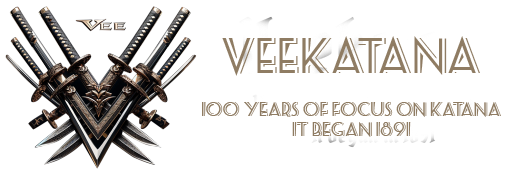★ HOLIDAY SALE UP TO 40% OFF ★
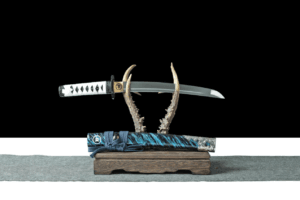
How to Start a Japanese Authentic Katana Collection Journey
An authentic katana is more than just a weapon; it is a masterpiece of Japanese tradition, culture, and artistry. For centuries, katanas have symbolized the
★ HOLIDAY SALE UP TO 40% OFF ★
Masterfully crafted swords at unbeatable prices. Don’t miss out—limited-time offers and free shipping worldwide!
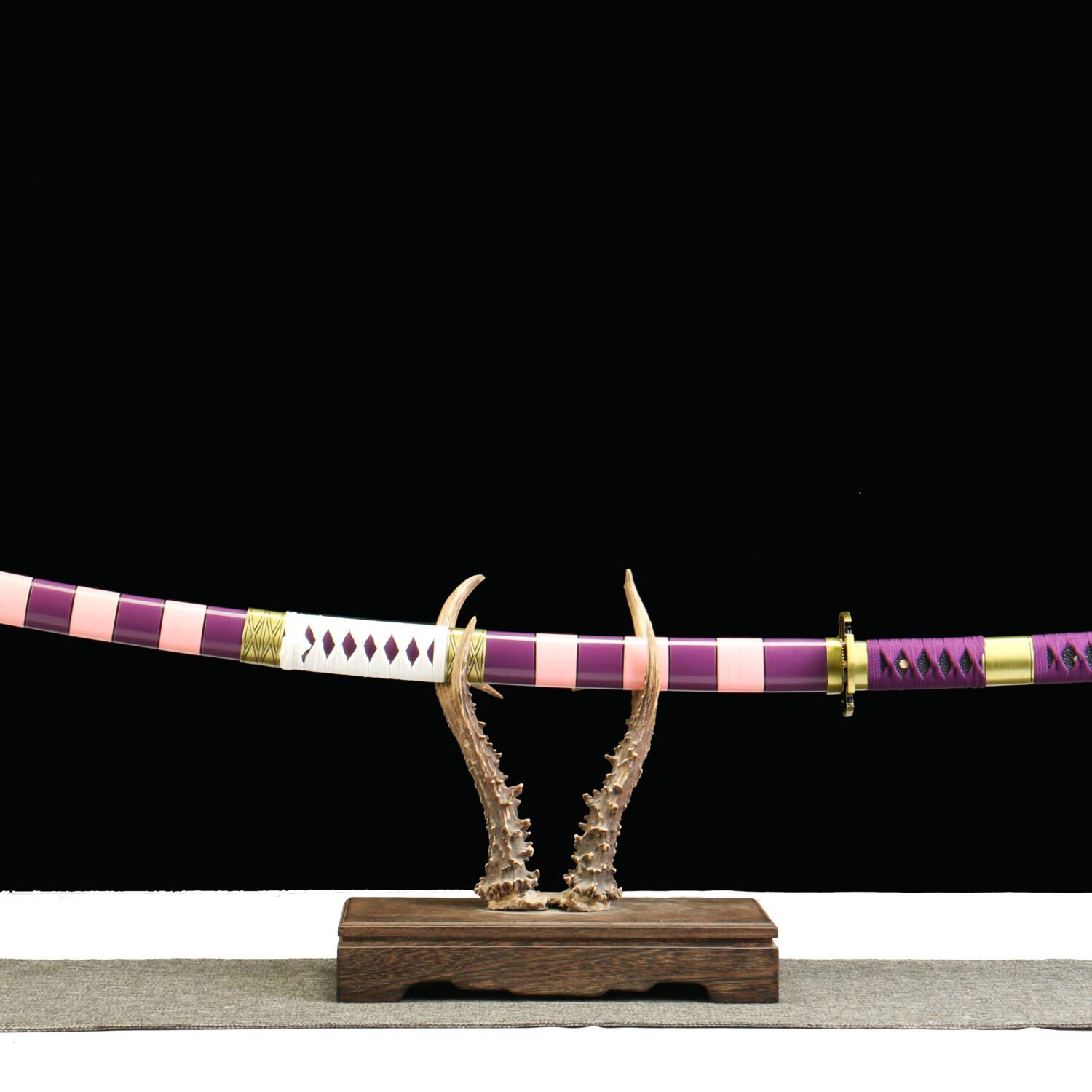
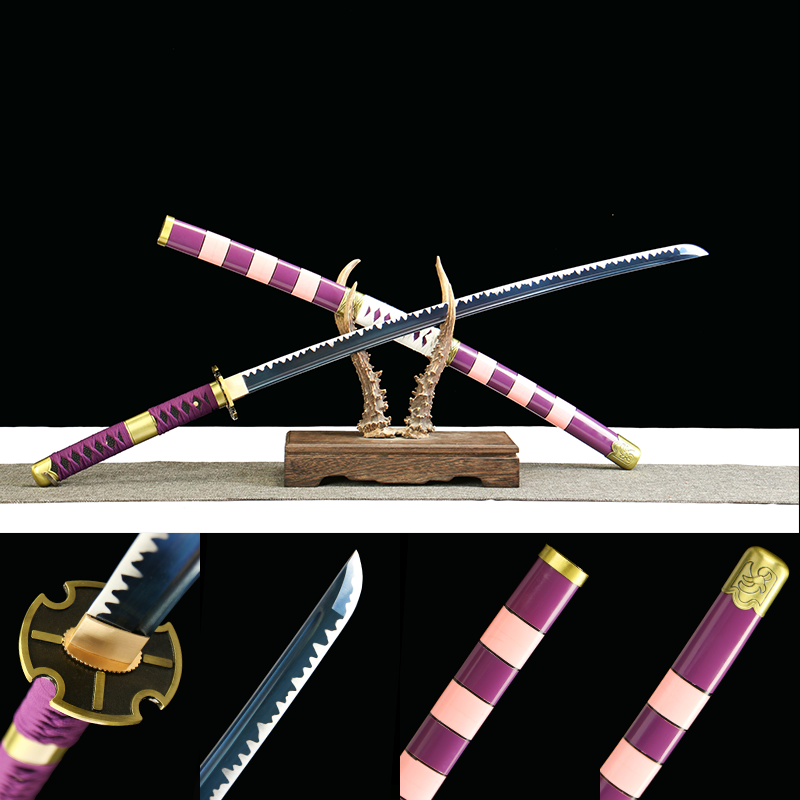
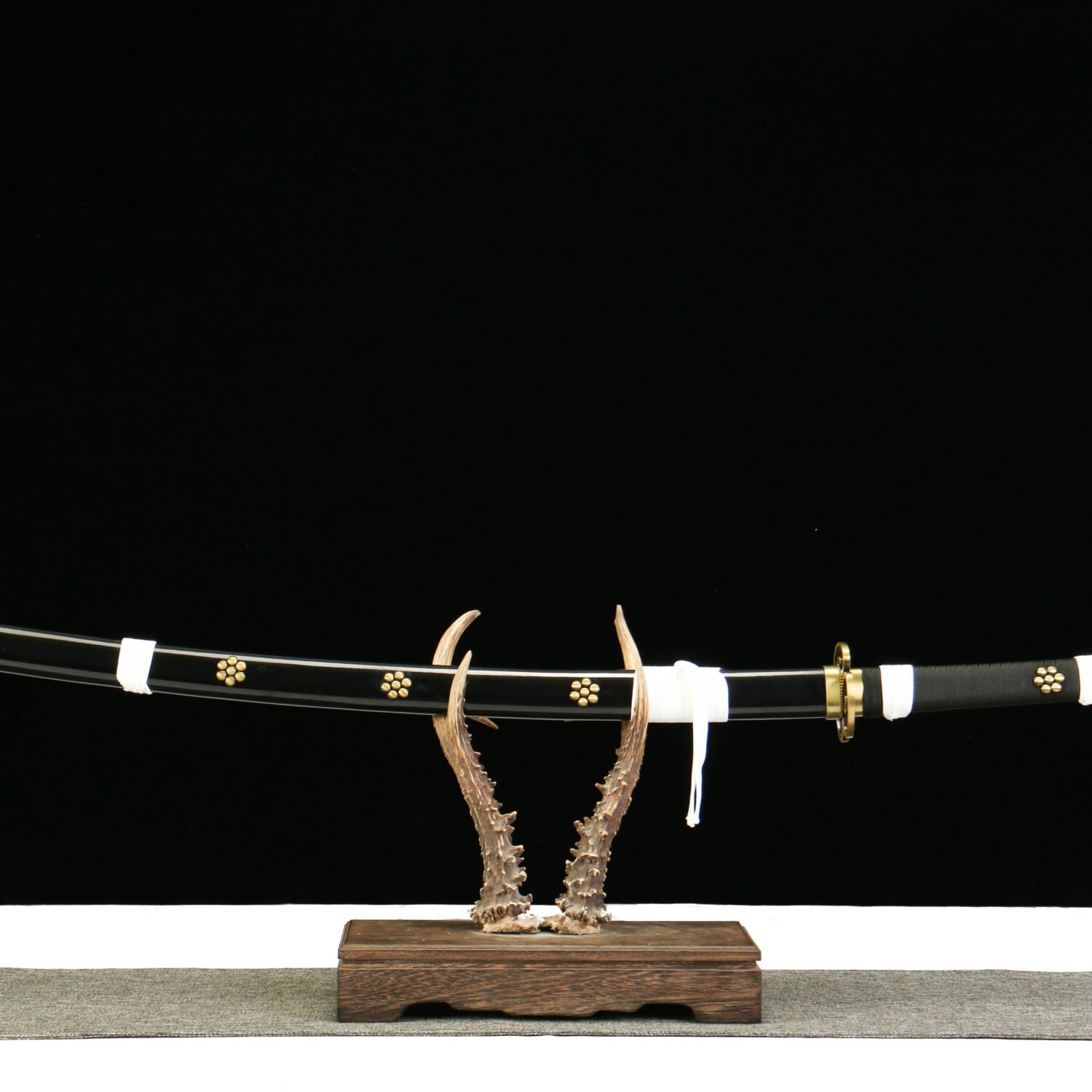
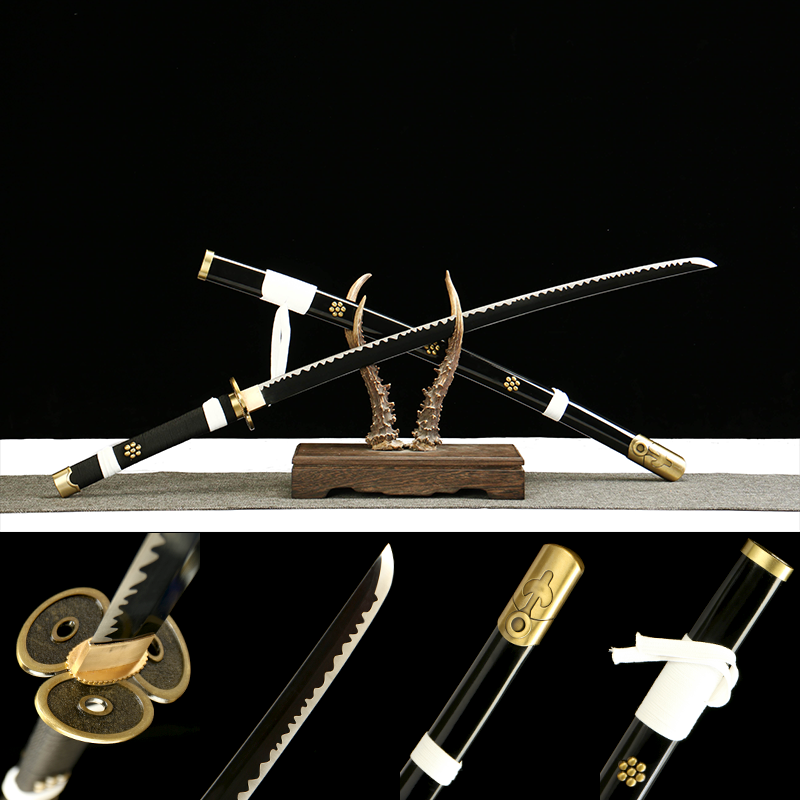
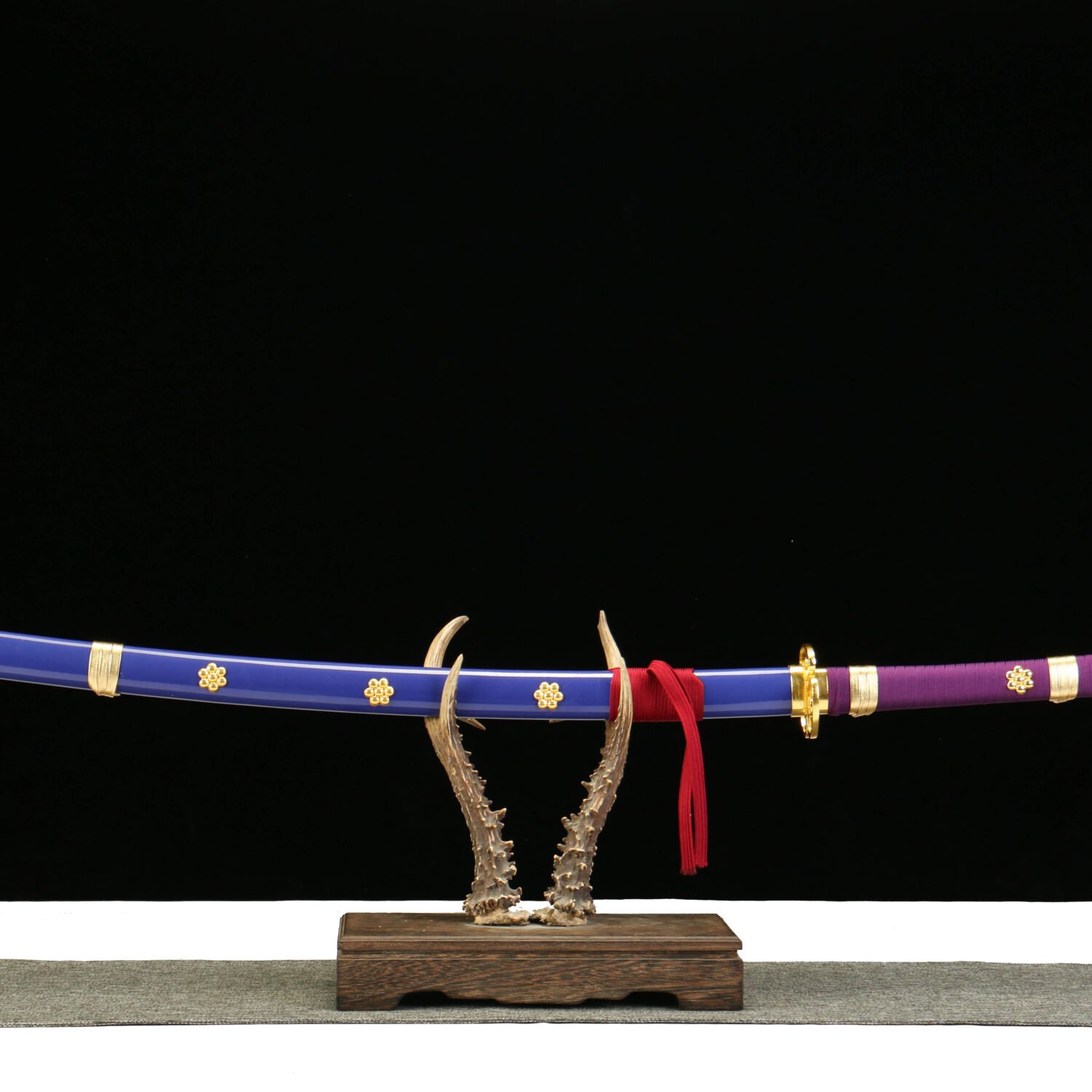
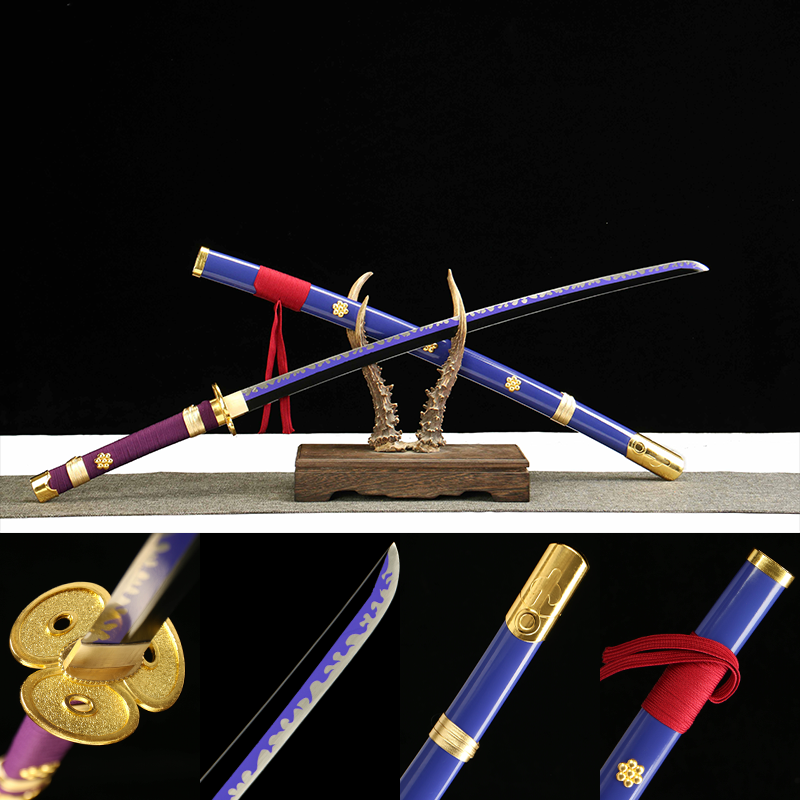
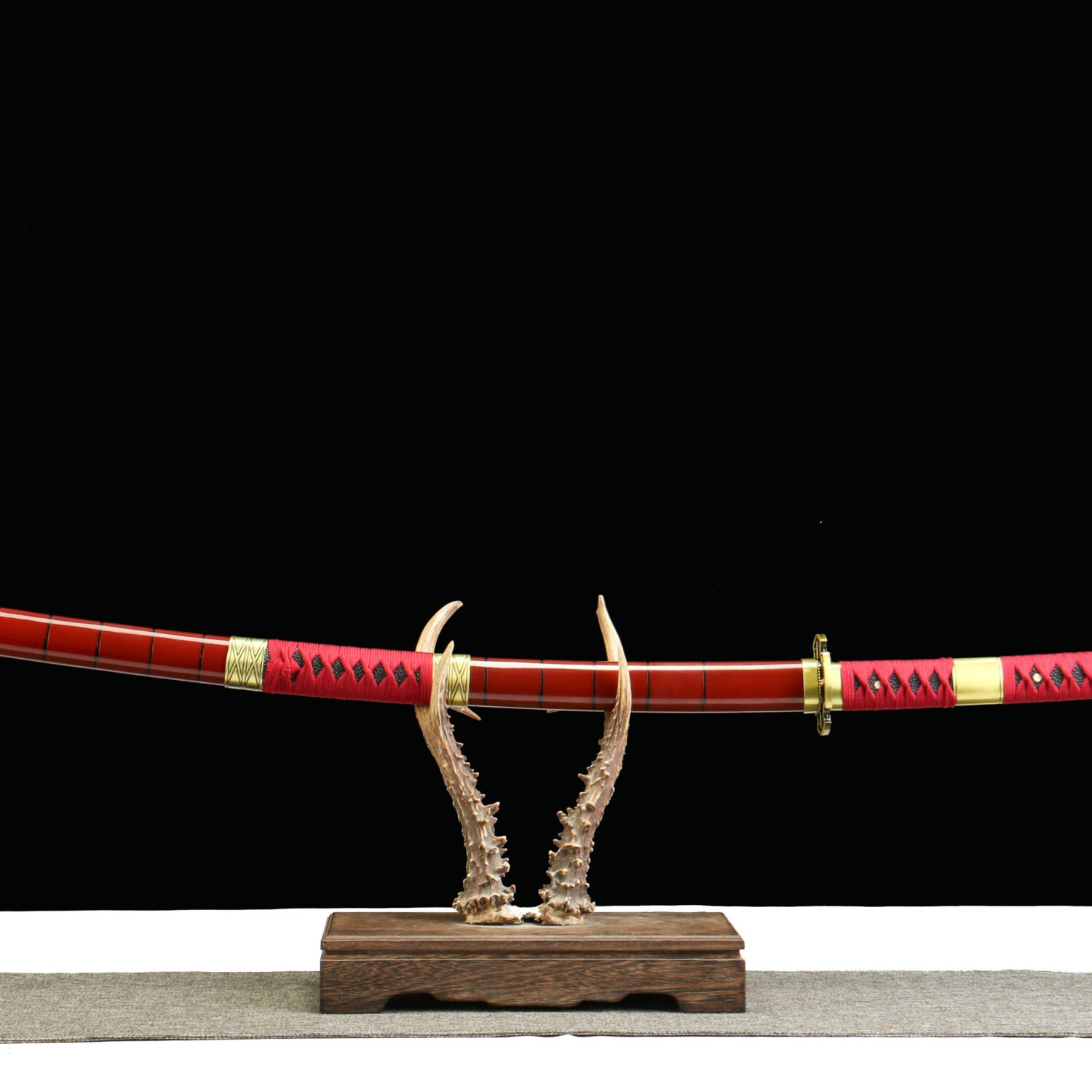
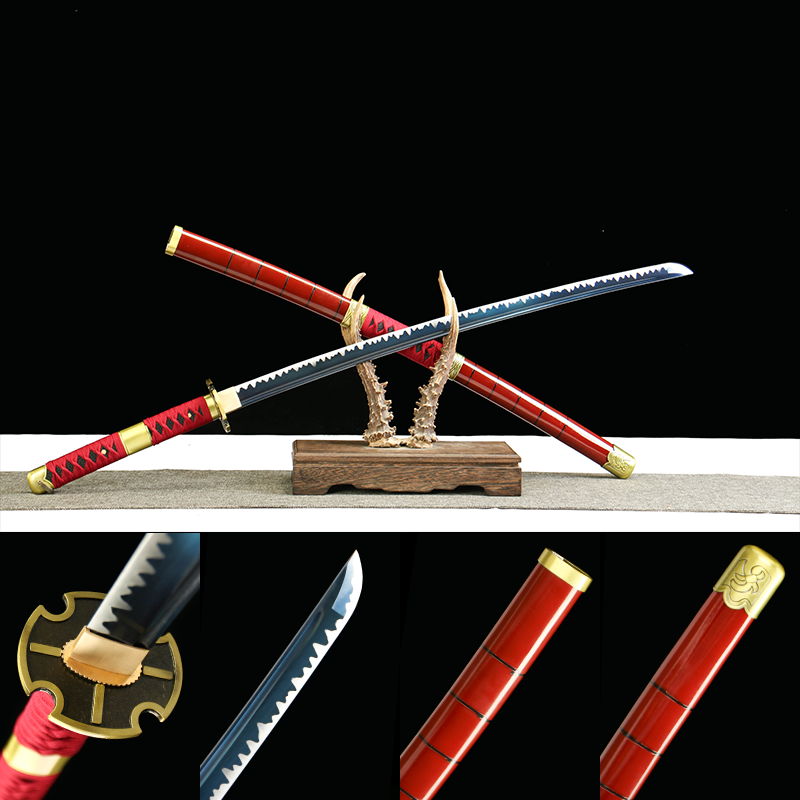
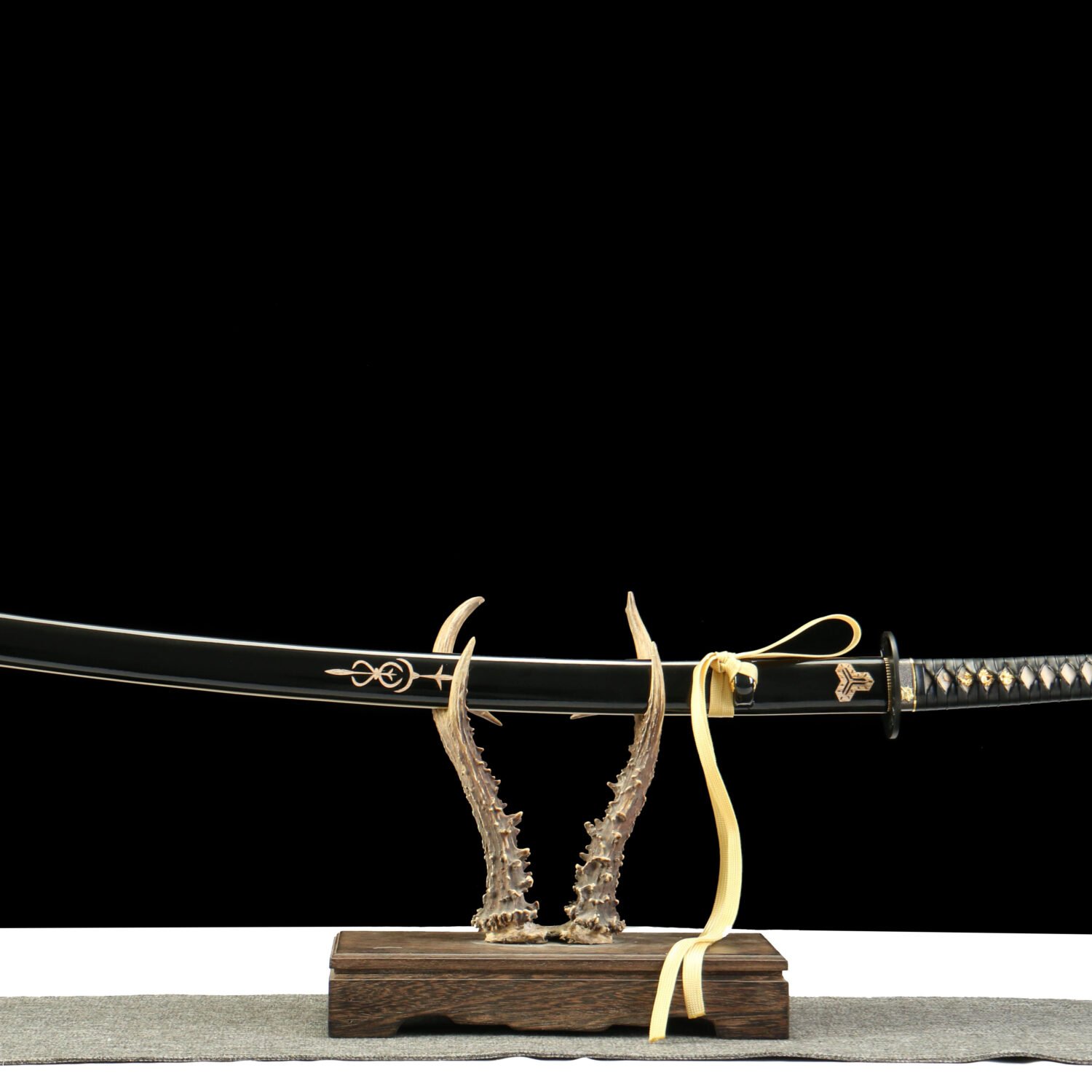
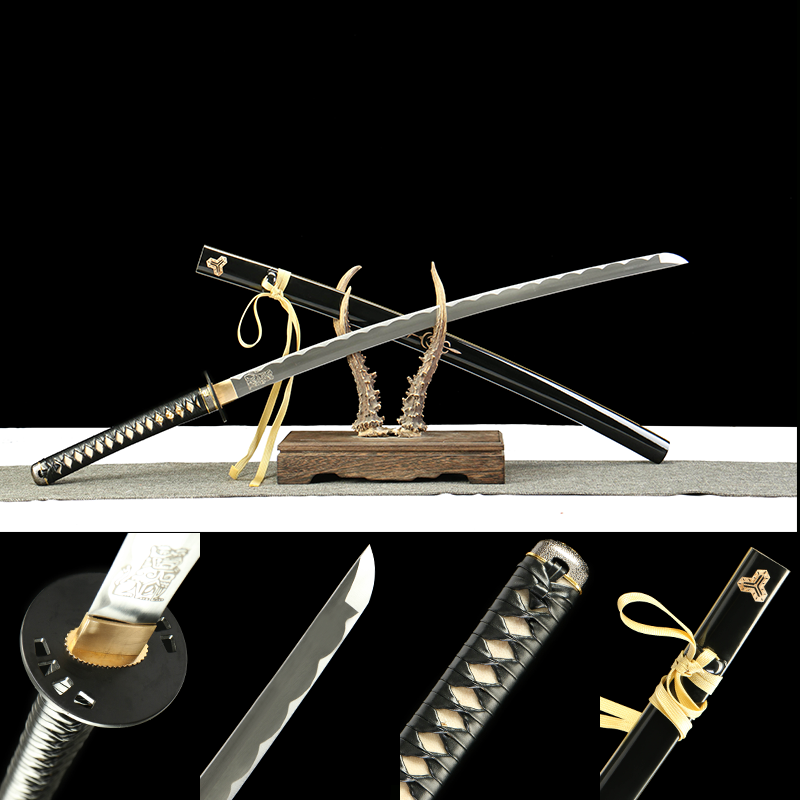
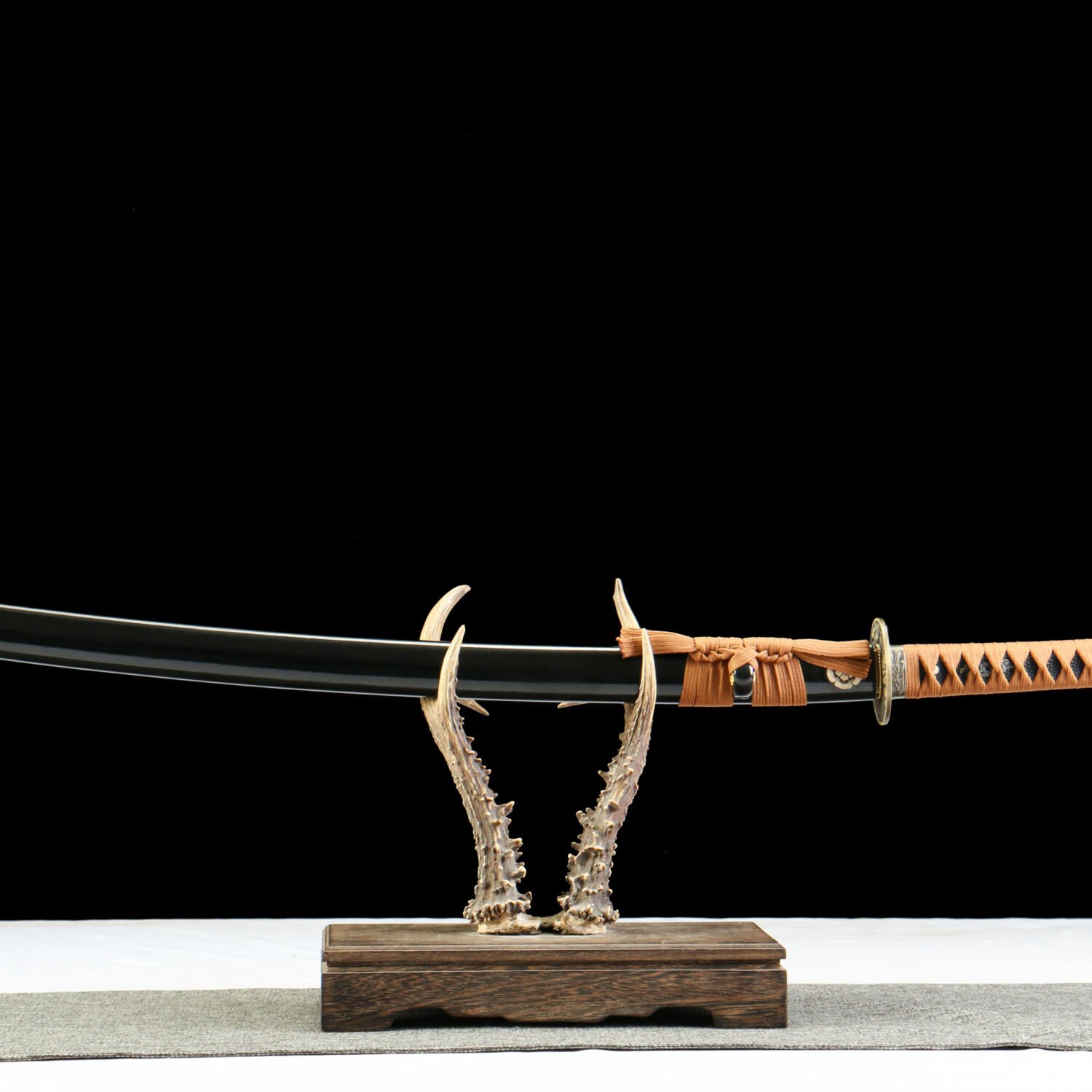
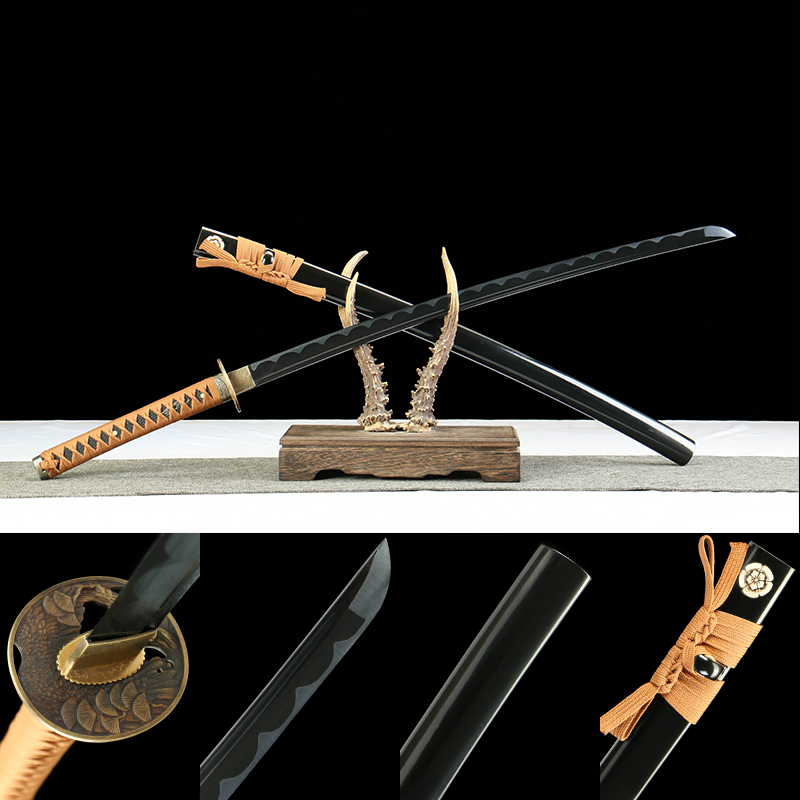
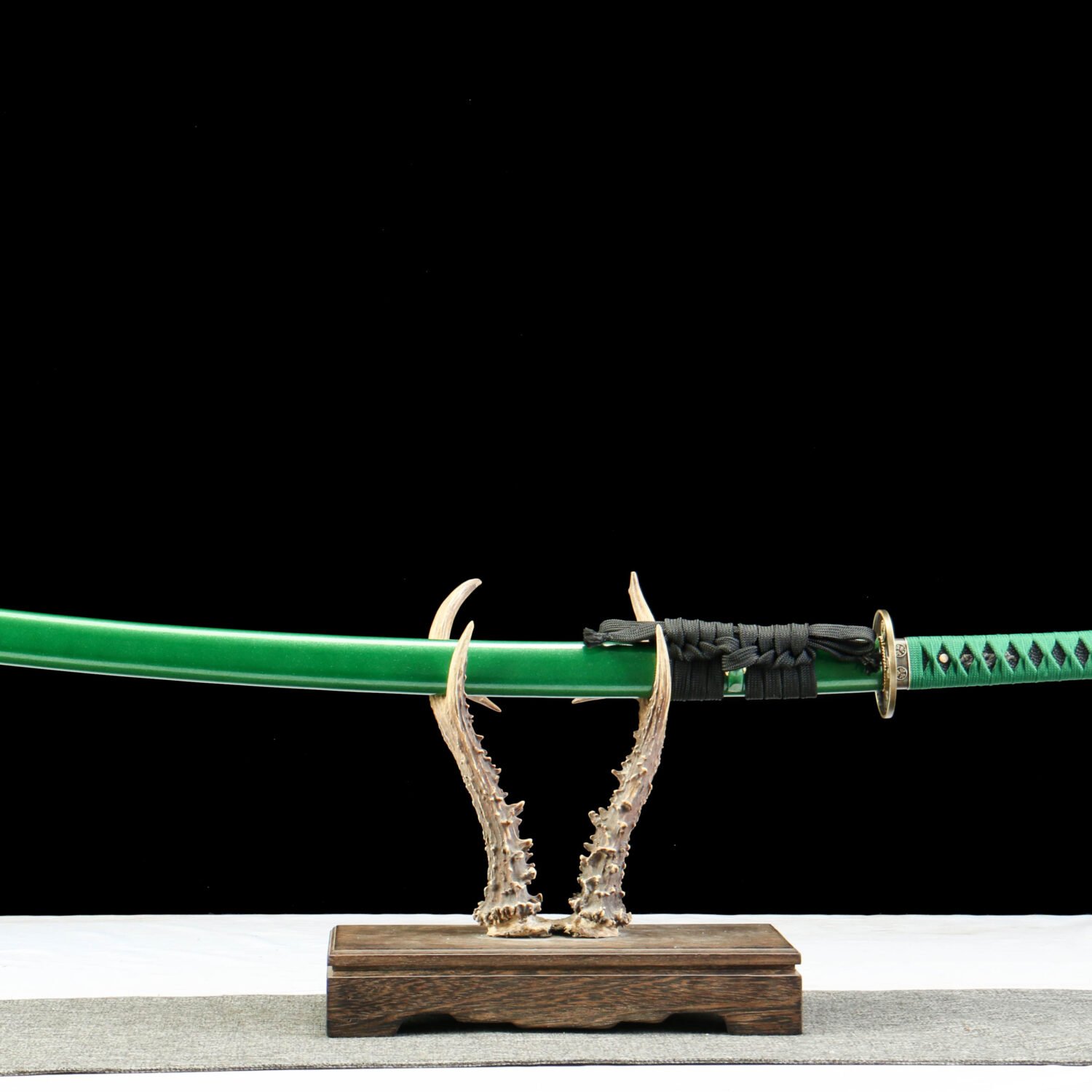
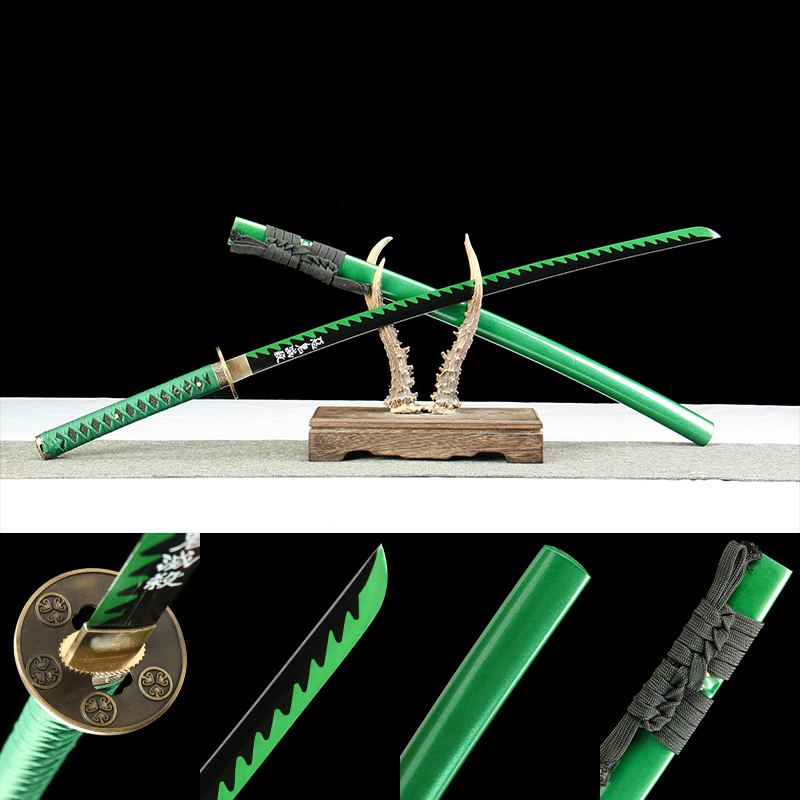
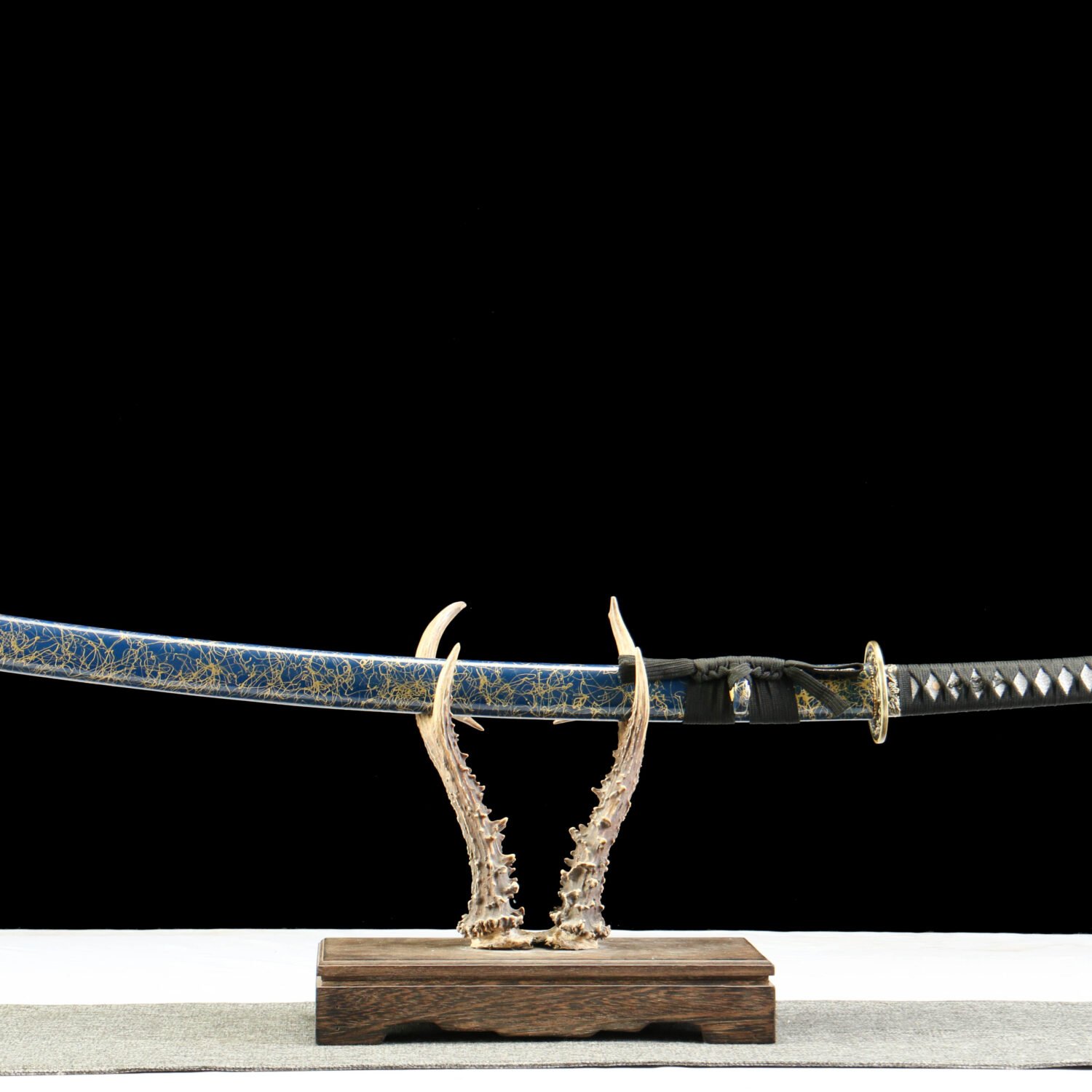
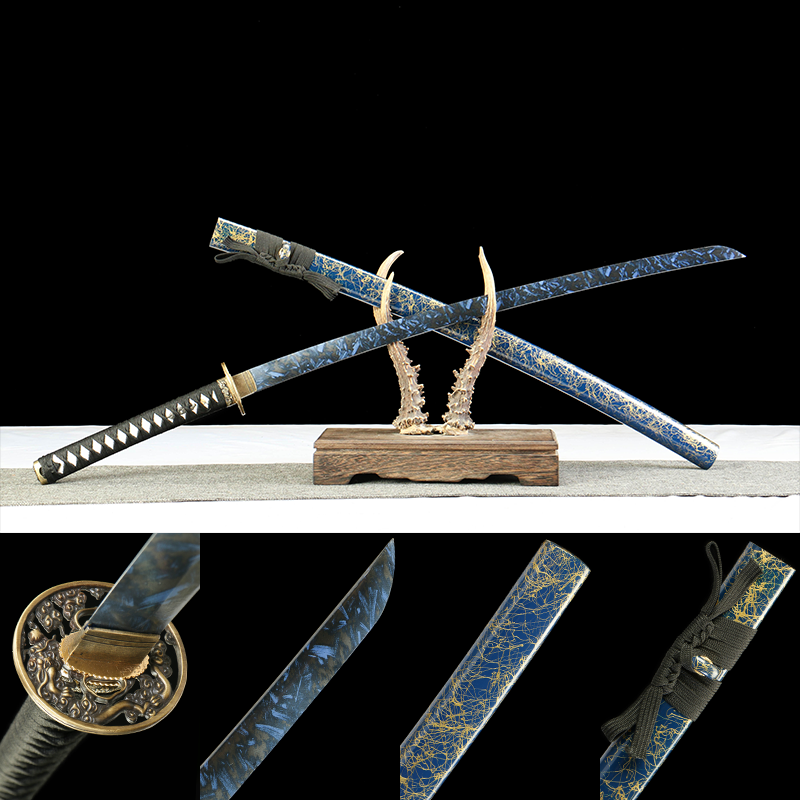
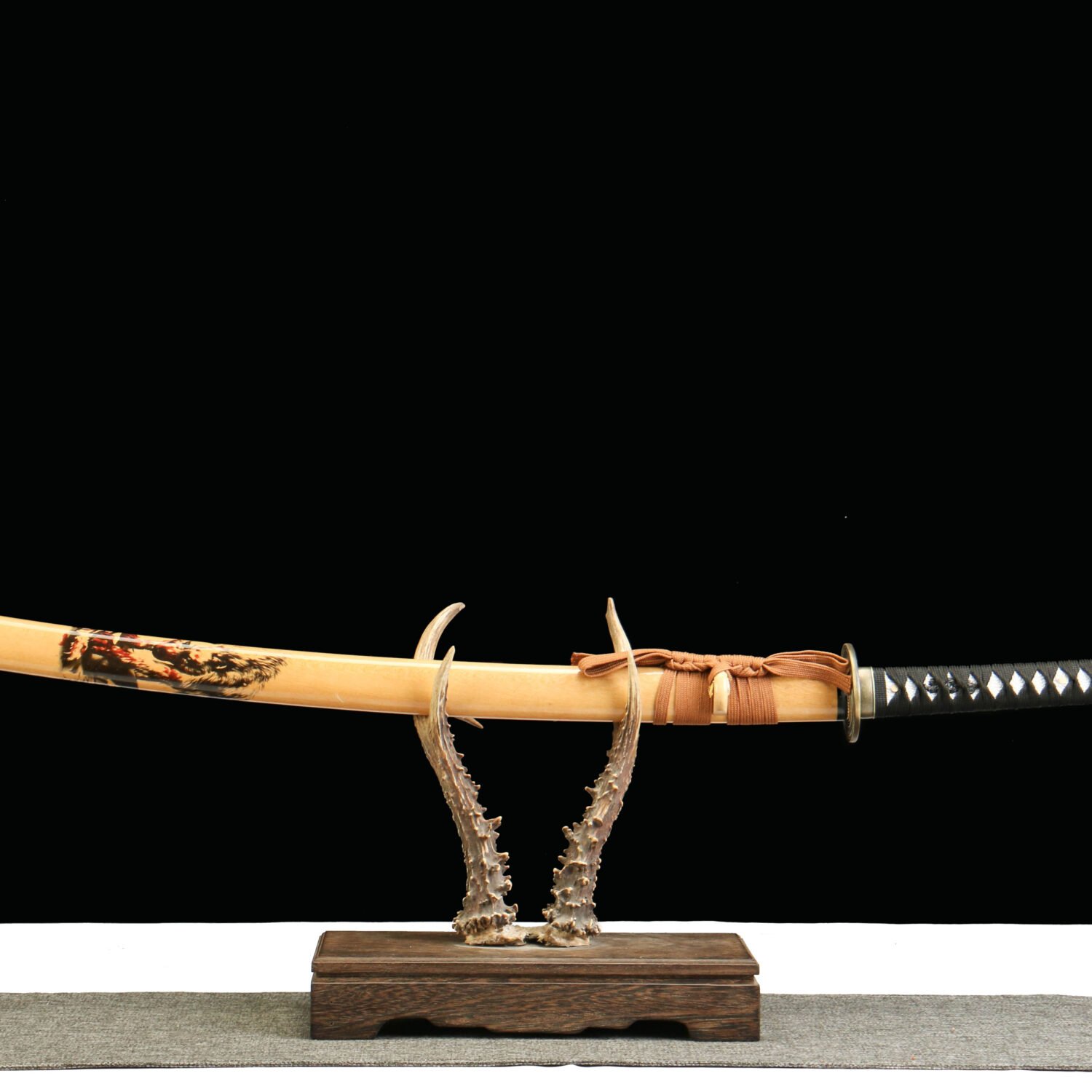
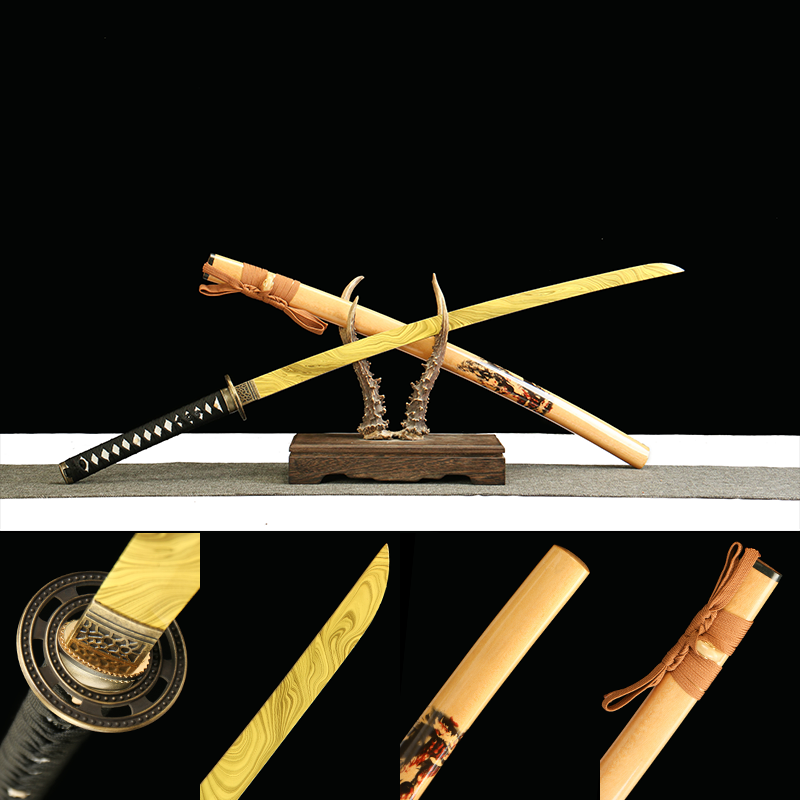
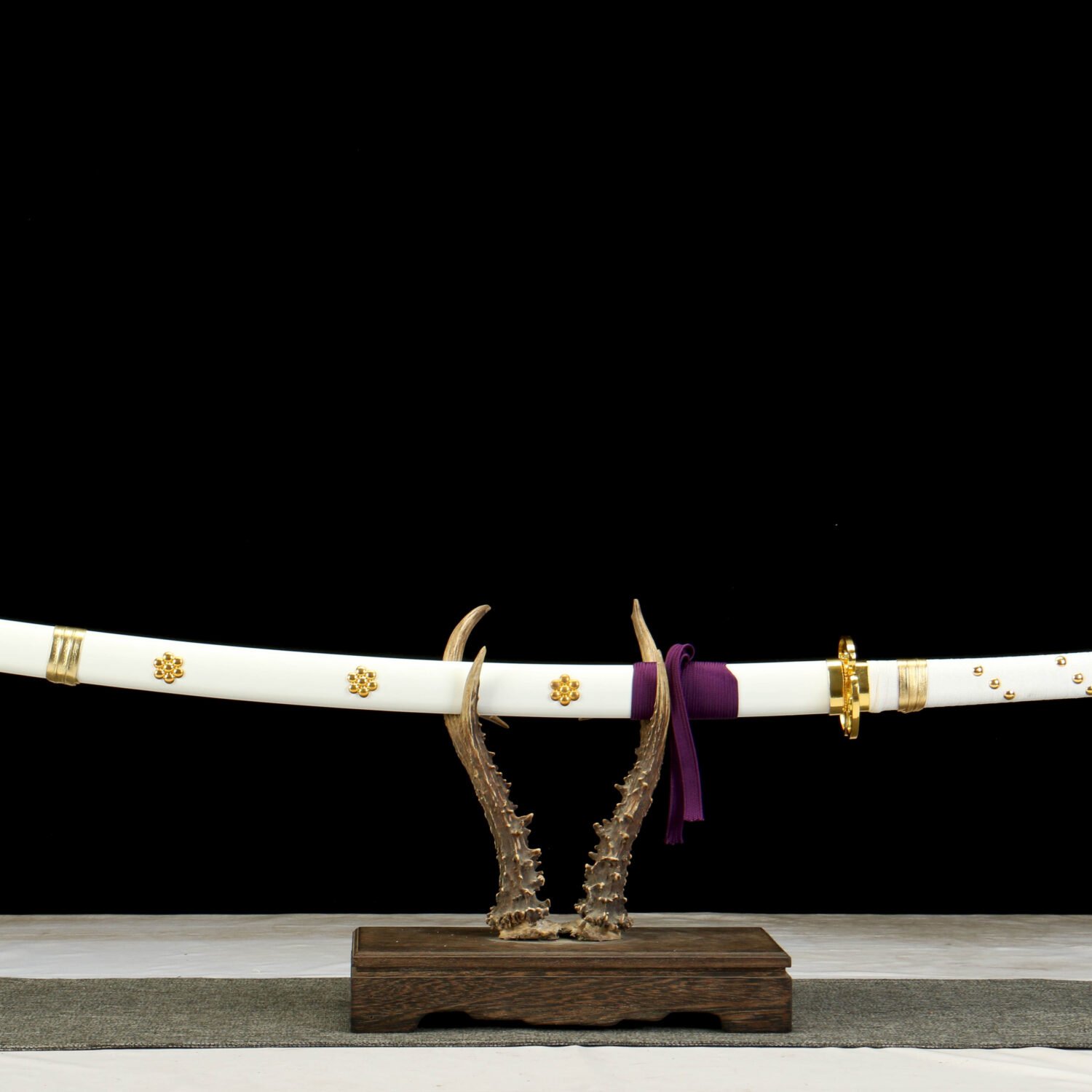
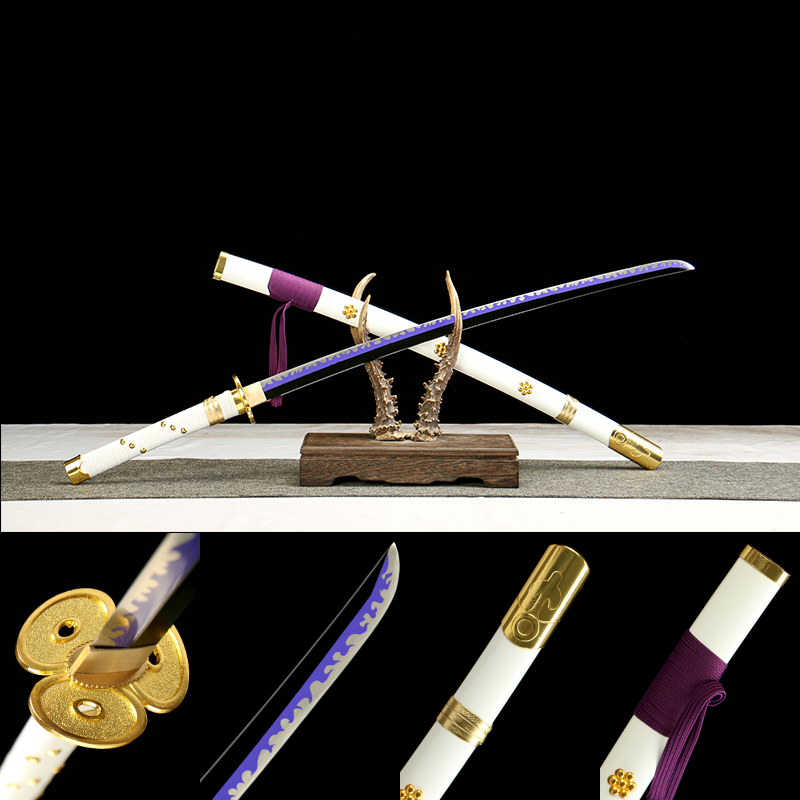
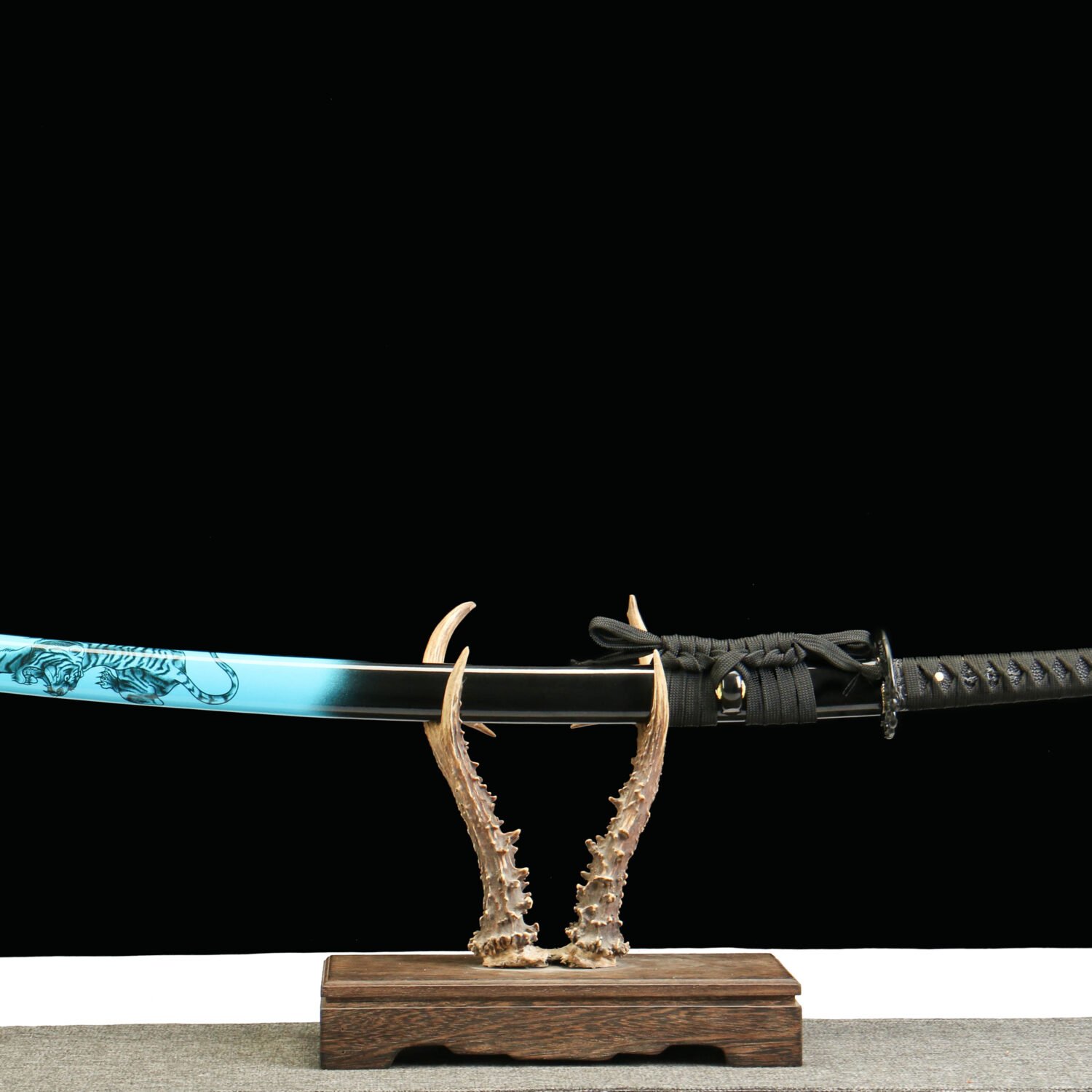
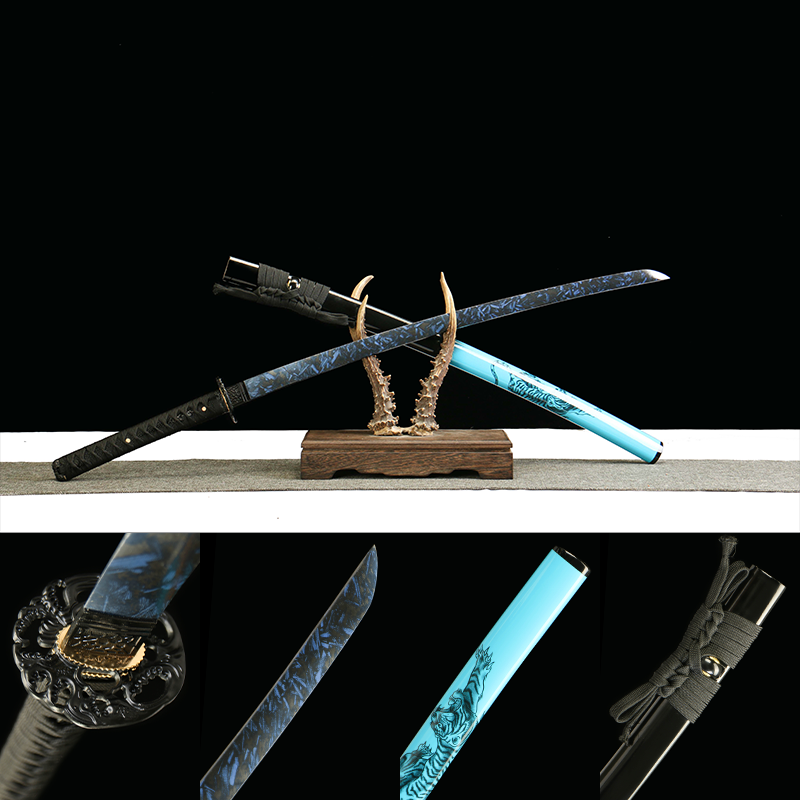
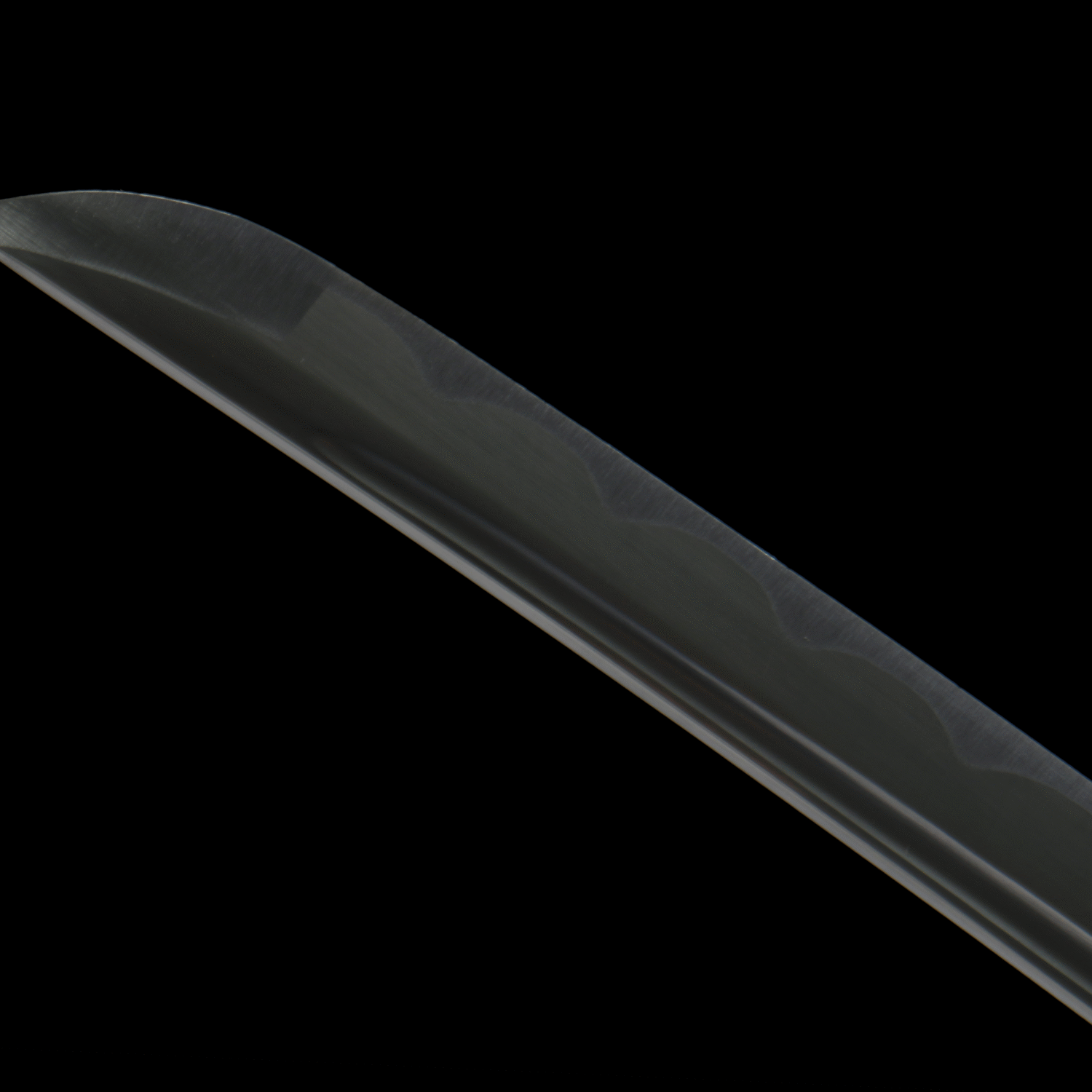
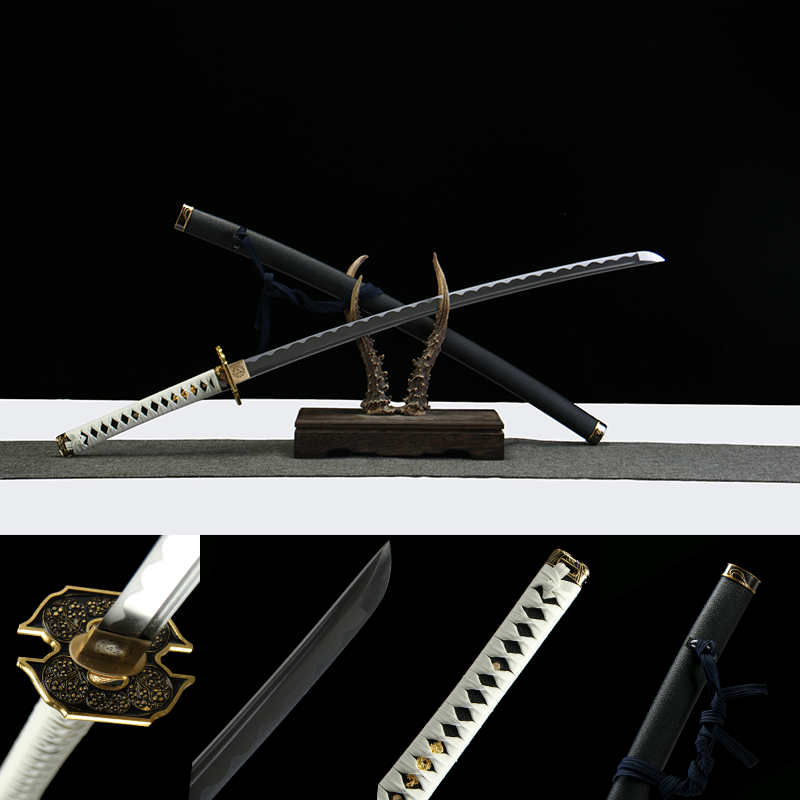
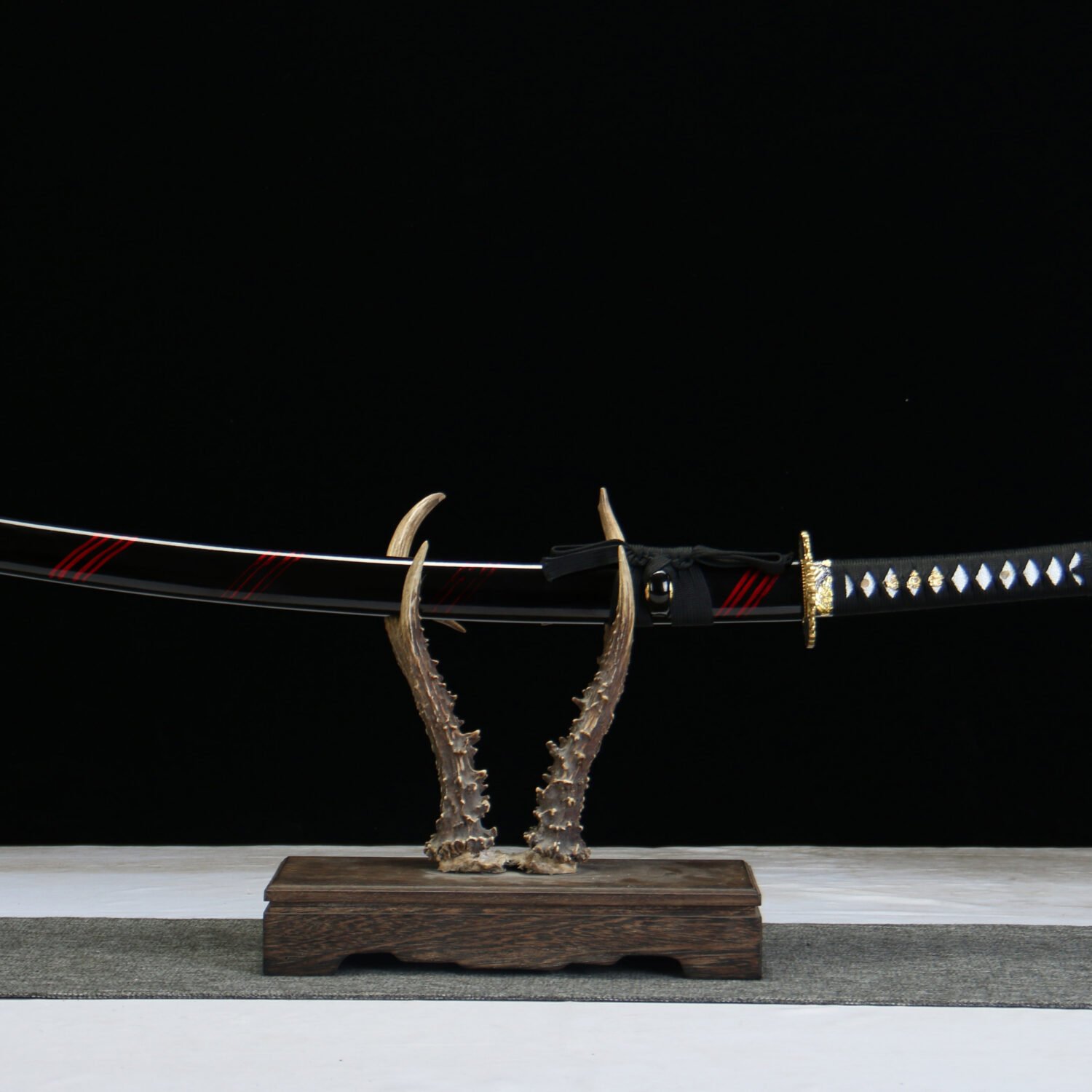
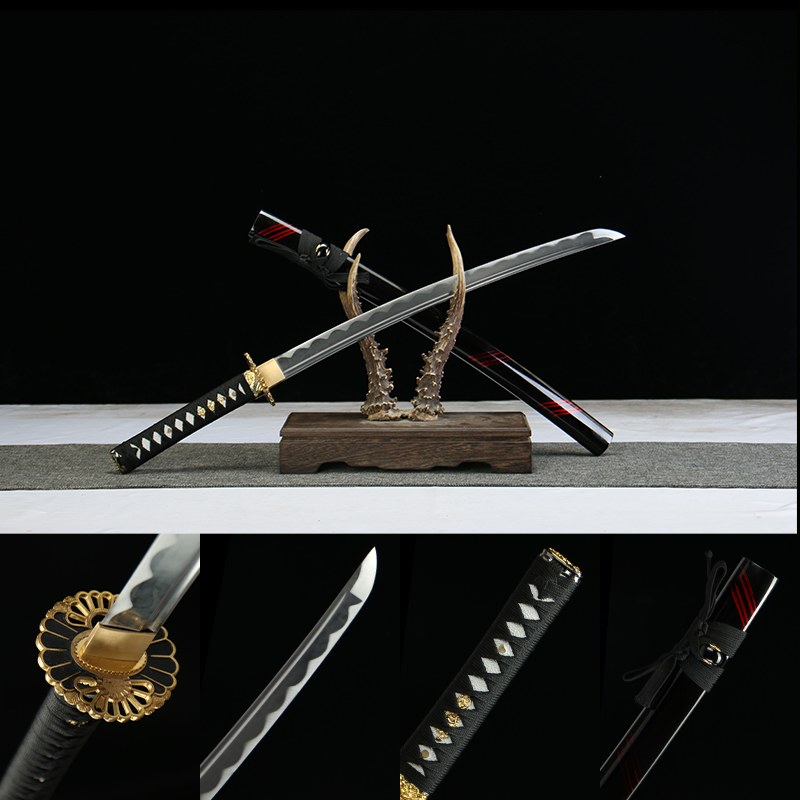
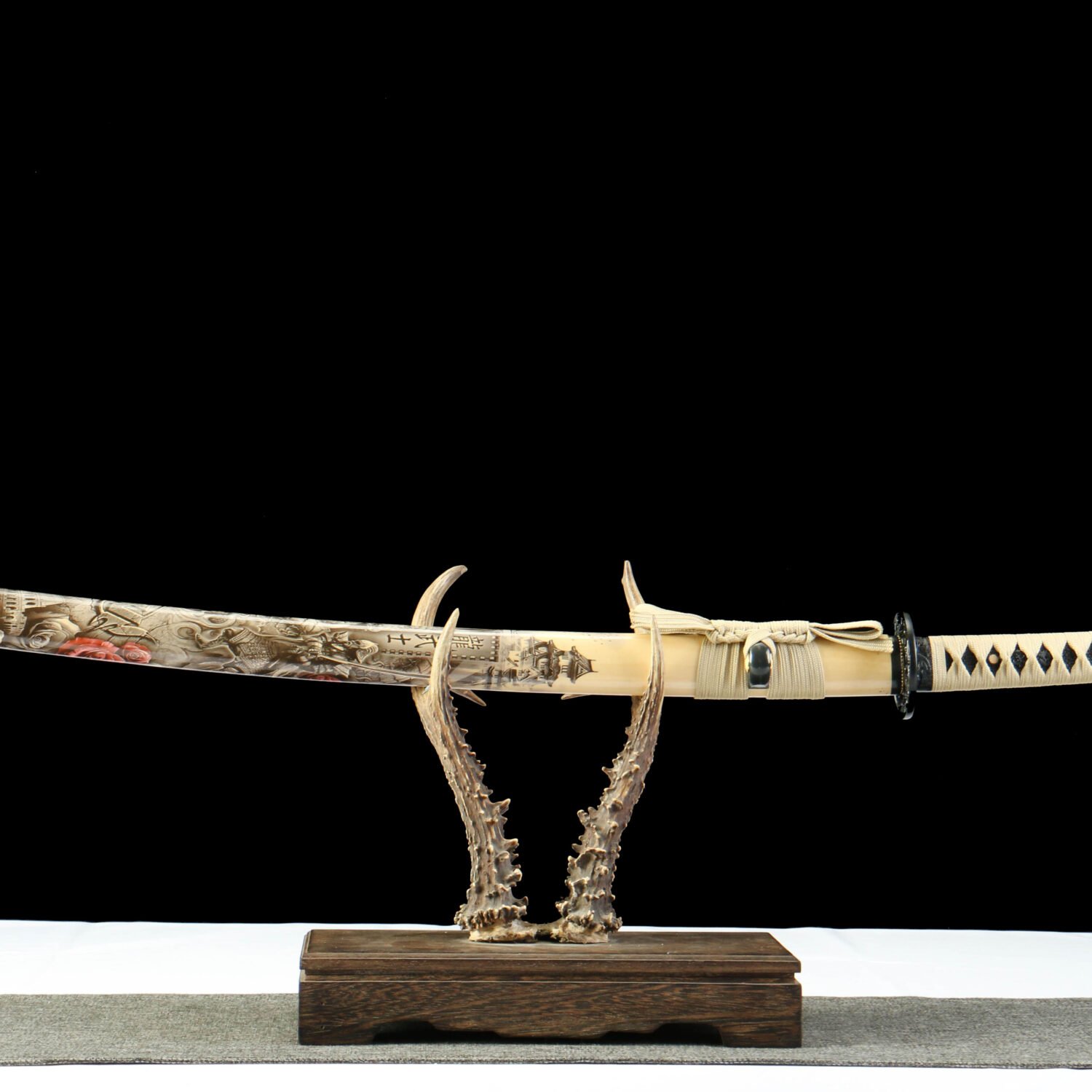

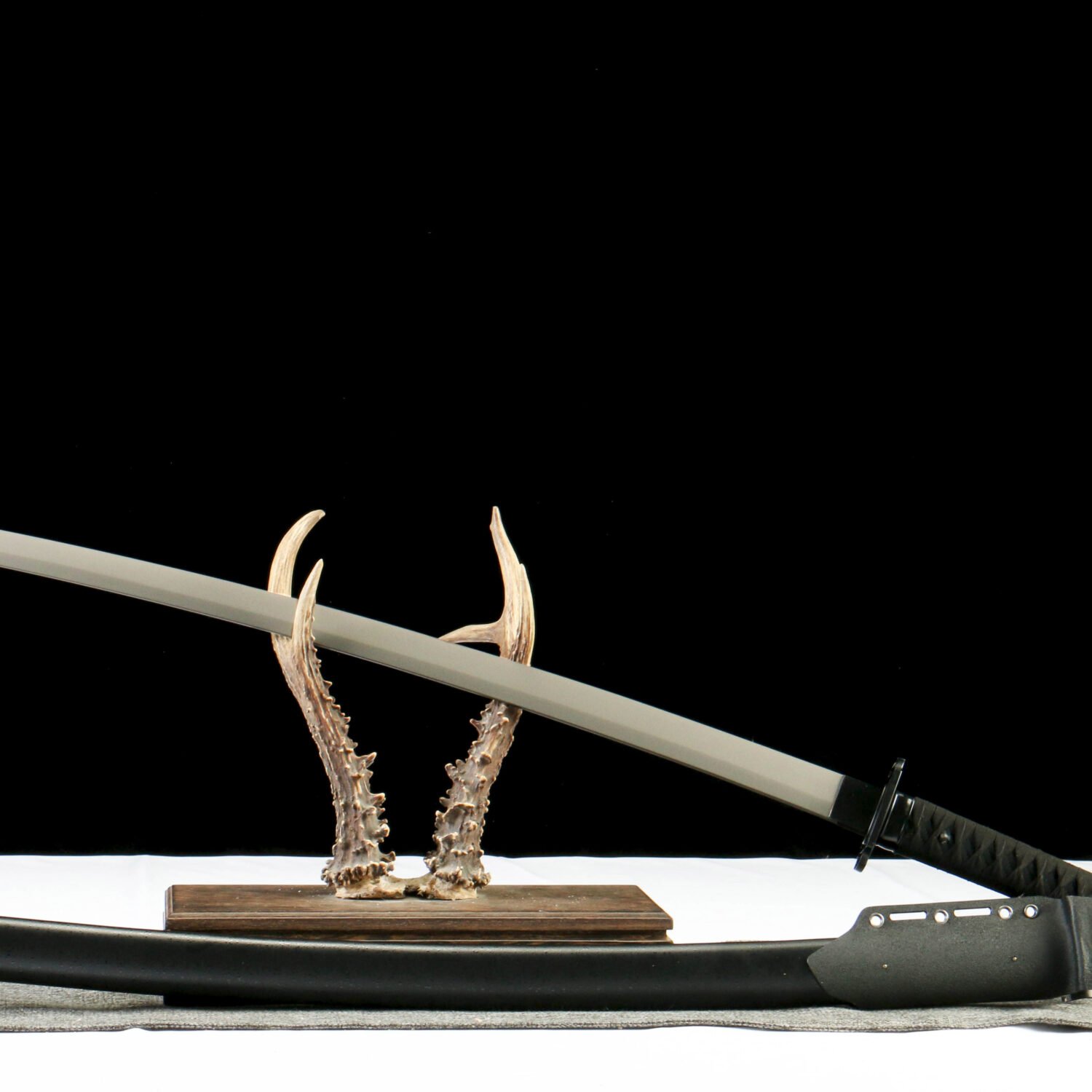
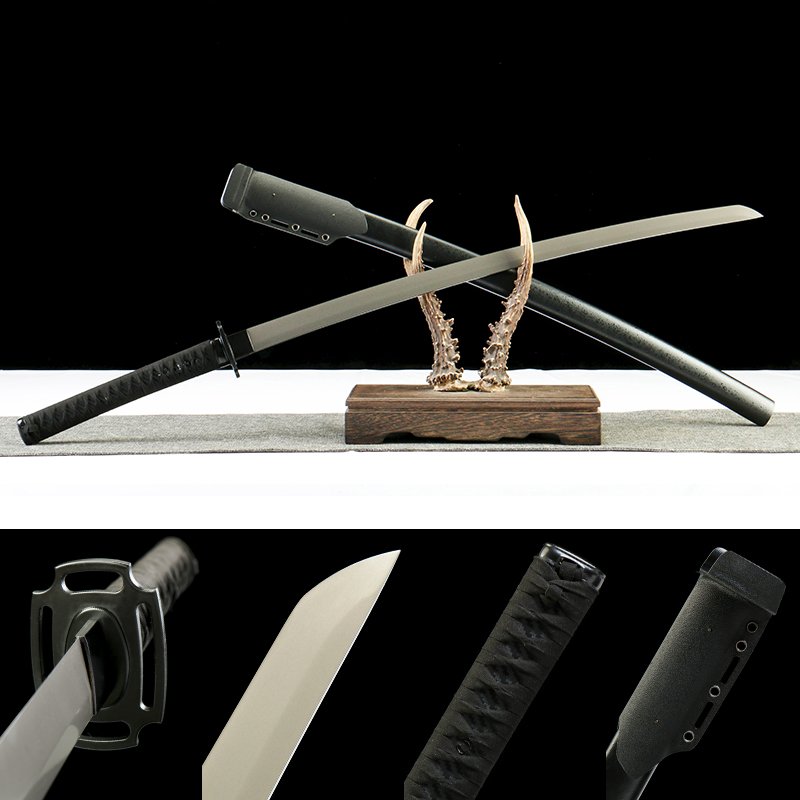
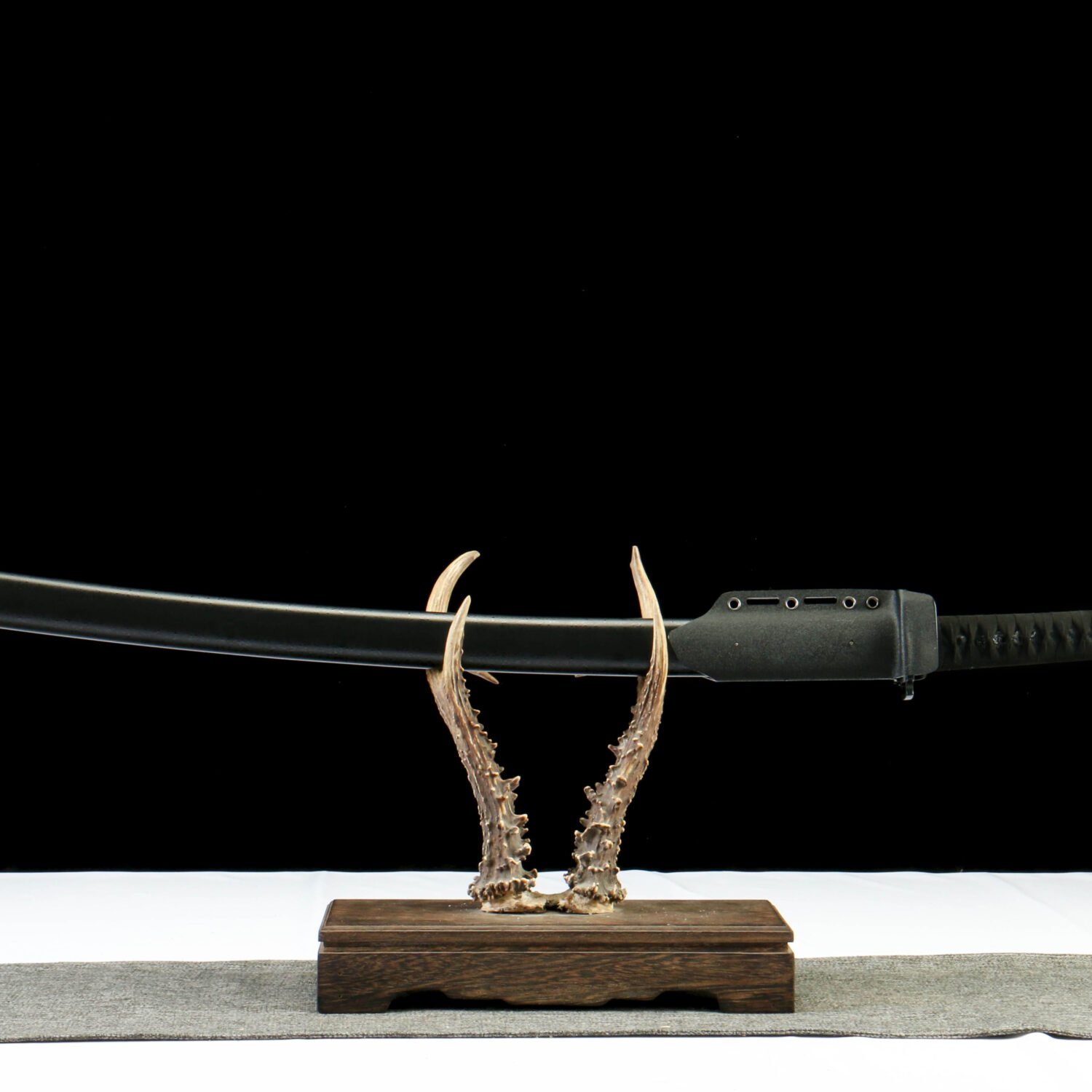
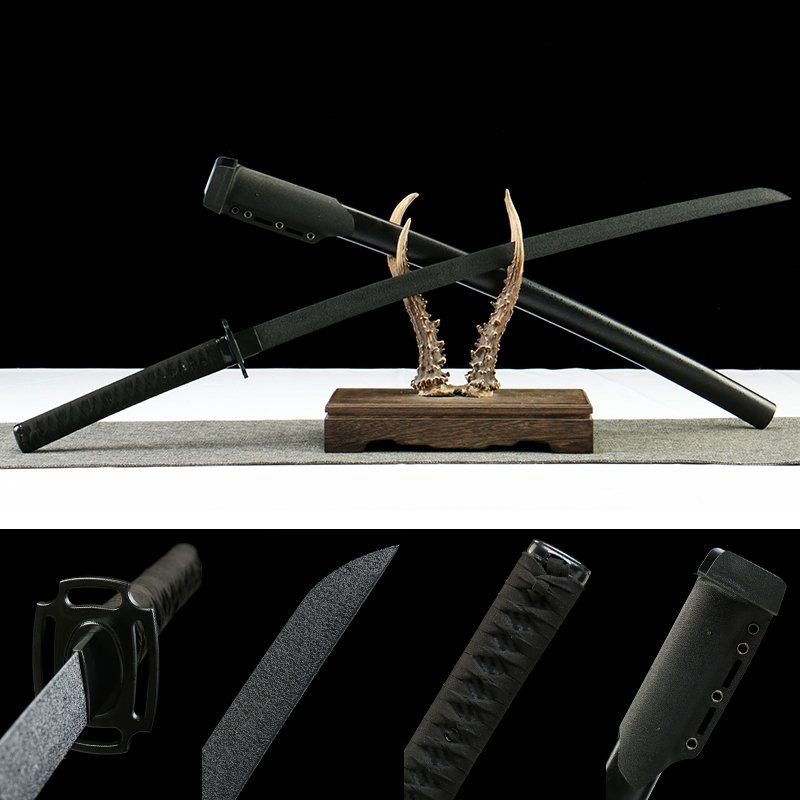

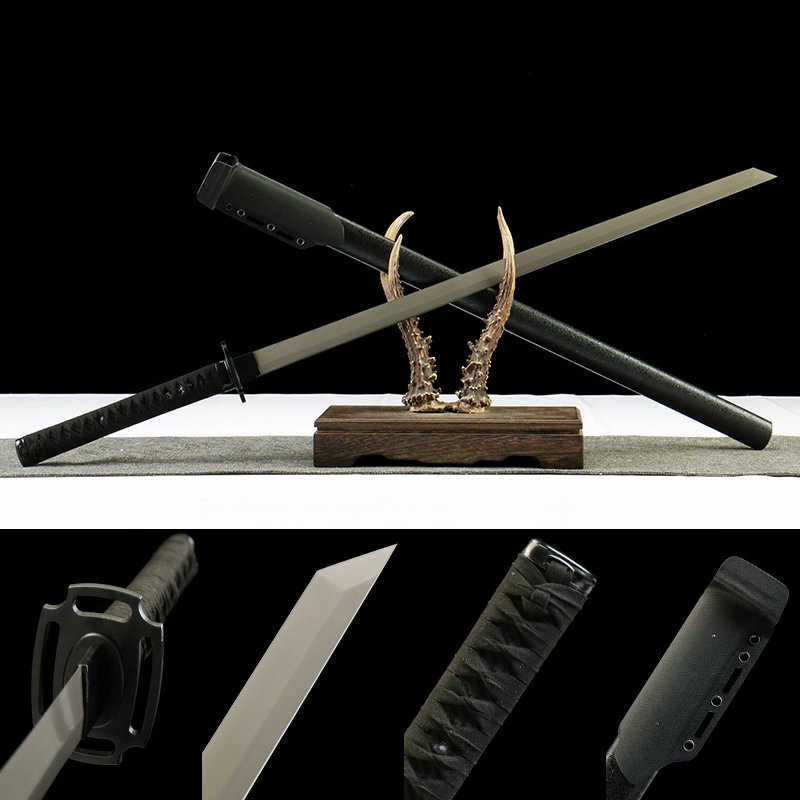
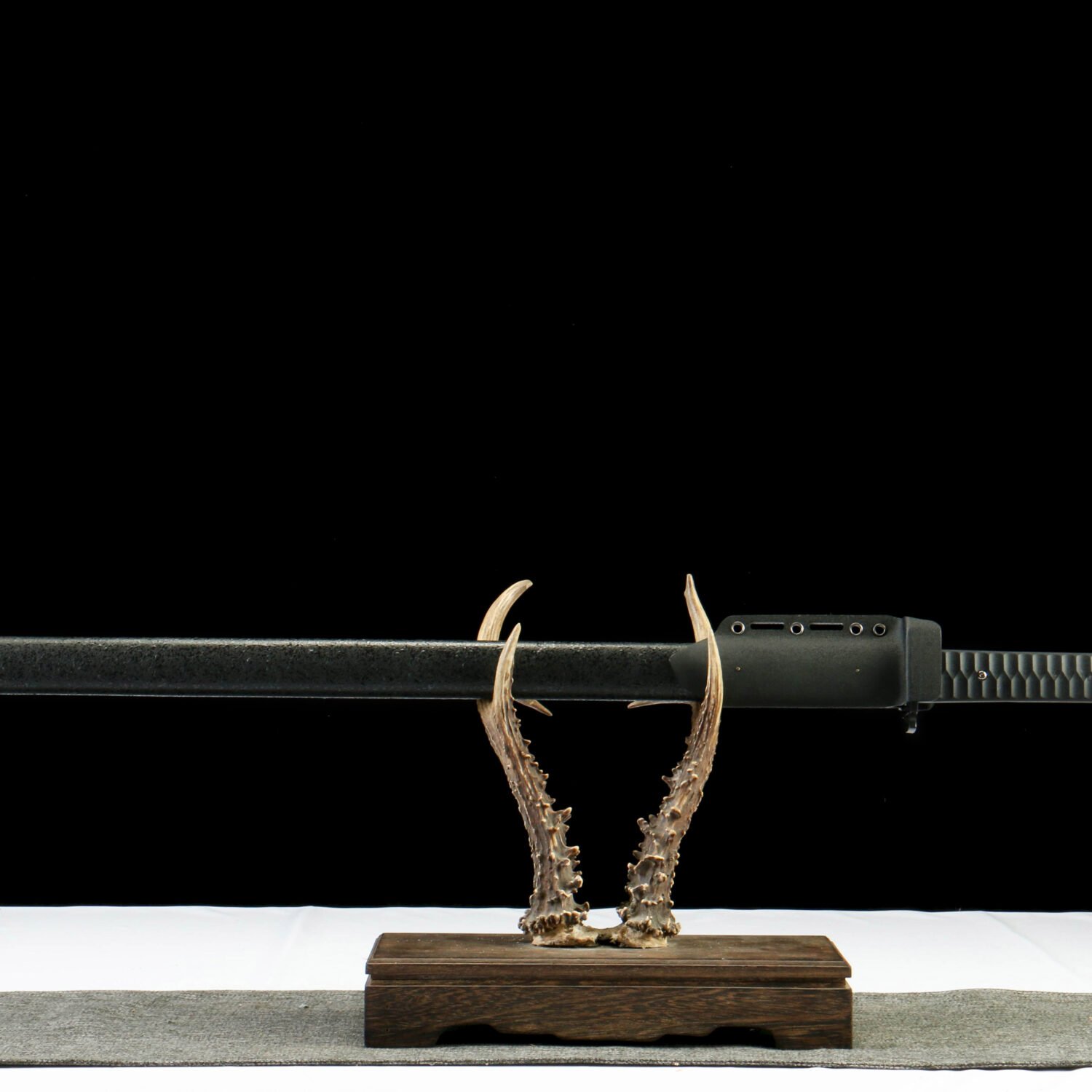
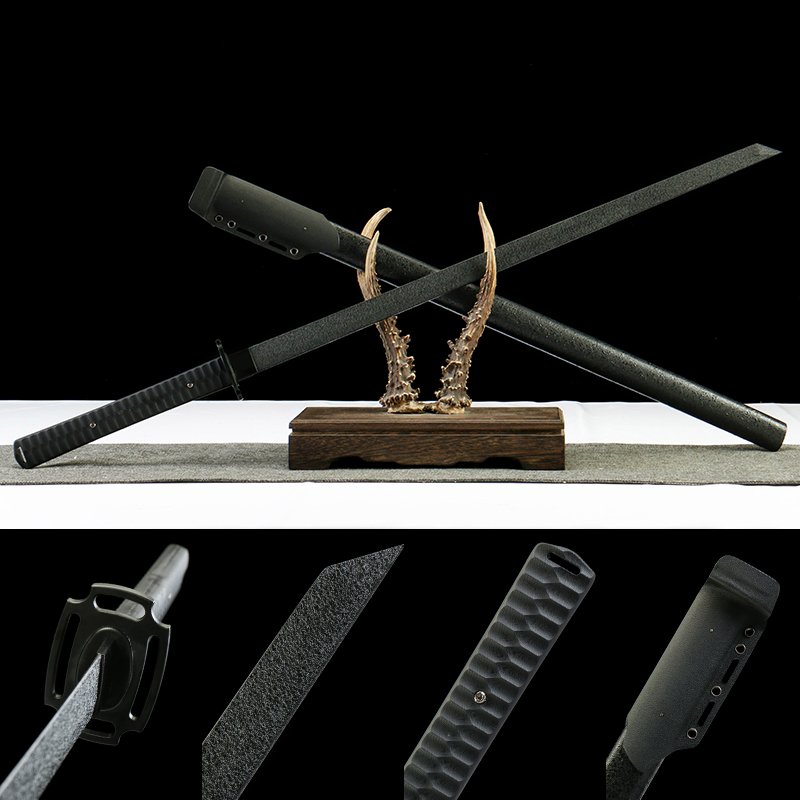

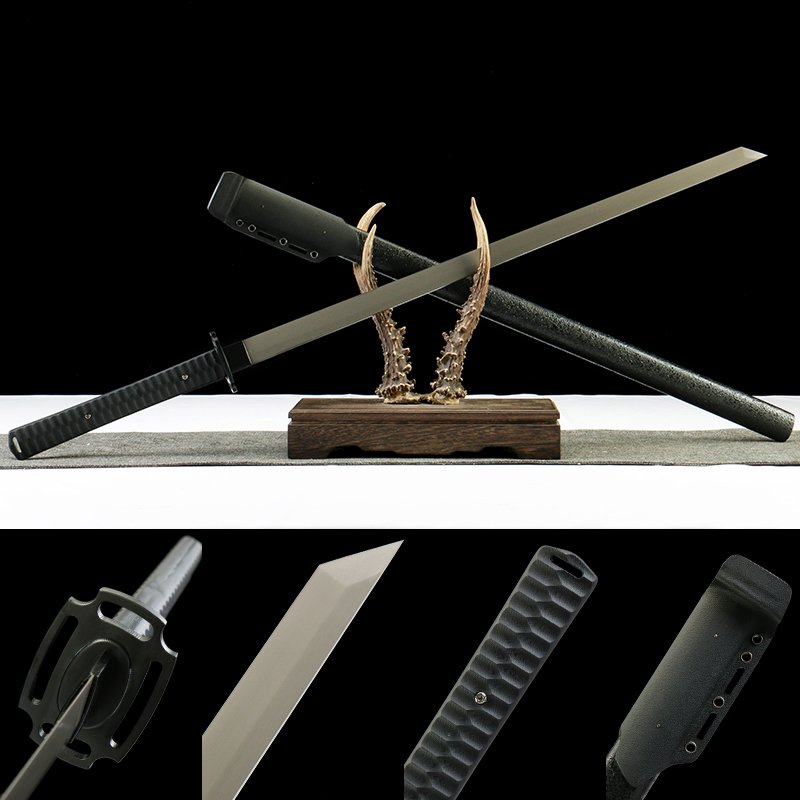
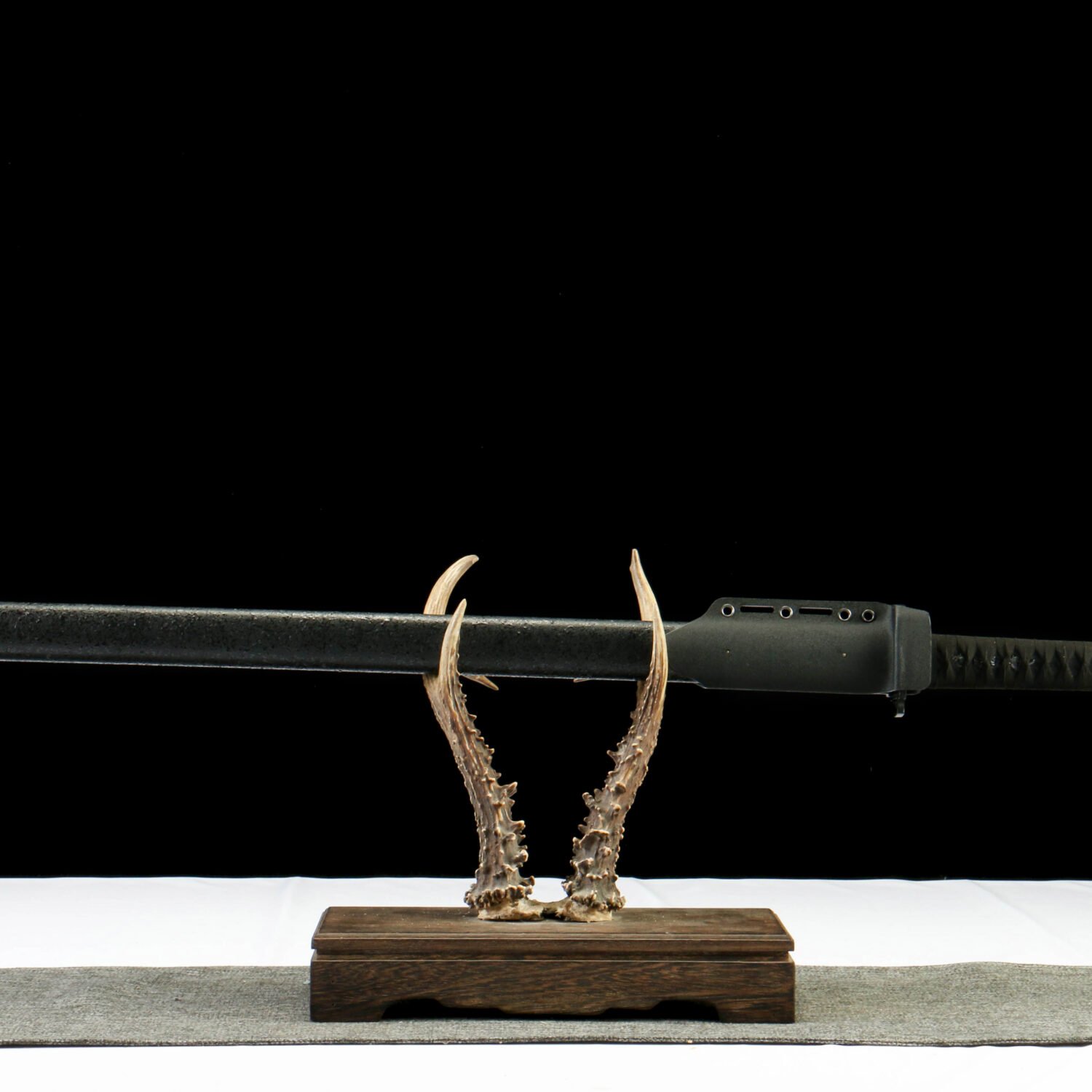
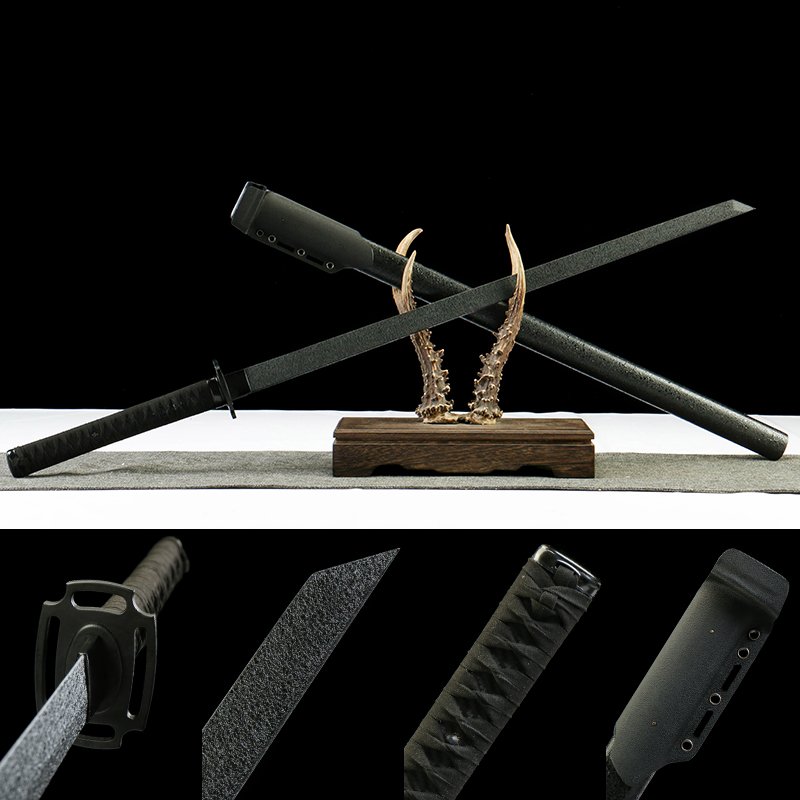
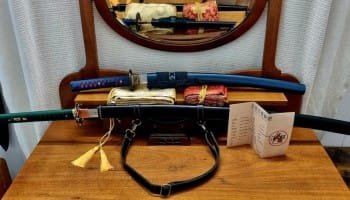
I have bought multiple swords from Veekatana, and I love it so much! They send pictures when they have finished the sword via email, and they give you options to change it if you wish. I received all of the custom swords very quickly and they are in wonderful condition with perfect craftsmanship. I am still amazed how good it is to buy swords from this website. The customer service is excellent! My friend here is super friendly and kind. And I am very grateful for the hard work they do to make such beautiful swords for people around the world. I highly recommend Veekatana for any sword collector or martial artist looking for a good trustworthy, beautiful sword.
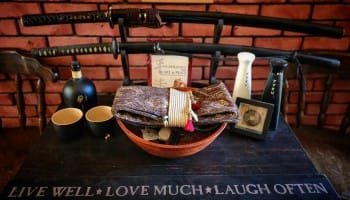
The sword has now arrived, and I couldn’t be more pleased. The craftsmanship is truly remarkable, and everyone who has seen it has been equally impressed by its quality and detail. Next month, I’ll have the exciting opportunity to put it to the test during our tameshigiri practice, and I have no doubt it will perform exceptionally.Thank you once again for your outstanding work and dedication. This sword has exceeded my expectations, and I’m proud to own it. I will be passing your name to members of our dojo in hopes they will reach out to you. My lady has hand-crafted a case for the sword that matches the colors.
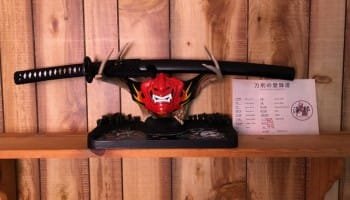
First of all, customer service response is very very nice, answer quickly for my needs. My WAKIZASHI was so beautiful, HAMON was beautiful, SORI was my expectation, TUKA fittings were tight enough and not loosen. SAMEGAWA has OYATUBU which large dot on outside of TSUKA, this was beyond my expectation. My family crest on the HABAKI is beautiful. This WAKIZASHI is my guard sword and will be taken over to my son.
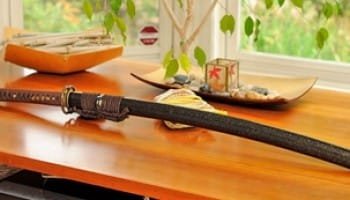
I received my custom katana today, and I would like to say that my expectations have been greatly exceeded! It’s an absolutely beautiful sword, especially for the price. Everything fits perfectly, and nothing rattles or is loose. The saya is actually bordering on too tight, though some use will fix that. The sword is amazing. If you have a chance, please let the swordsmith know that they did an amazing job on the blade. If I want another sword in the future, I will definitely be a returning customer. Thanks again.
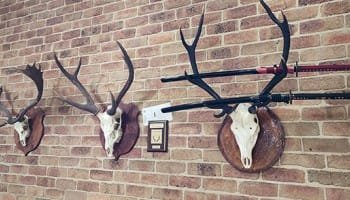
Absolutely Superb, I can’t say anything less, the seller is extremely nice, very good communication. The sword came in very good condition, stunning infact, the seller showed me pictures before he sent the item, very trust worthy. A good person. no stone was unturned. I am going to buy from this seller in the future. The price is very reasonable for the sword, beautiful, sharp, polished beautifully. Nice Hamon. it was well worth it!
Your trusted California-based source for premium bladed weapons. We specialize in traditional Japanese katana, ninja swords, wakizashi, tanto, and modern tactical knives. Crafted with precision by skilled artisans using traditional techniques, every sword we offer is a masterpiece.
Explore our extensive collection, or design your own custom blade to match your vision. With free shipping on all orders and a satisfaction guarantee, we make owning high-quality swords accessible to everyone.
Discover the artistry of swords at Veekatana.com – where tradition meets craftsmanship.
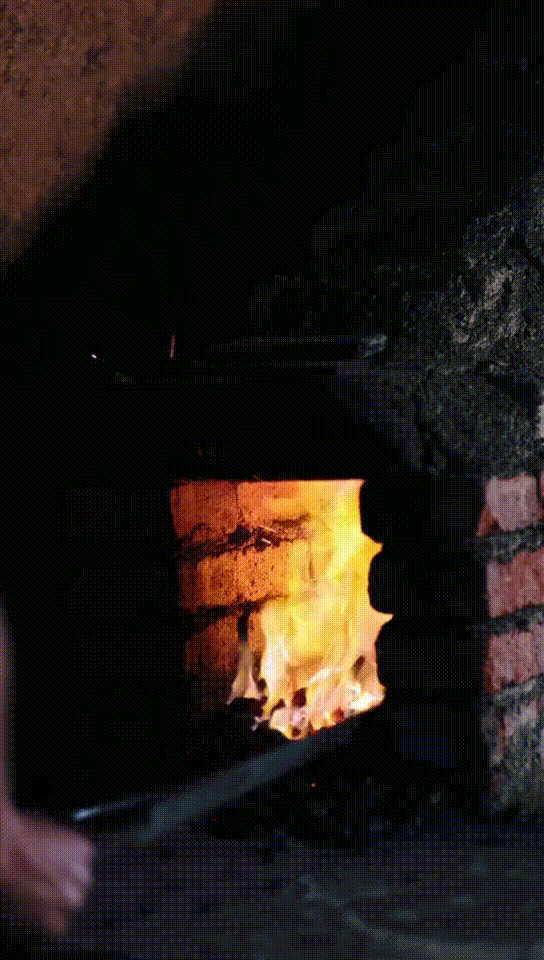
Shares insights on blacksmithing, craftsmanship, and tool-making, offering tips, tutorials, and industry trends for both hobbyists and professionals.

An authentic katana is more than just a weapon; it is a masterpiece of Japanese tradition, culture, and artistry. For centuries, katanas have symbolized the
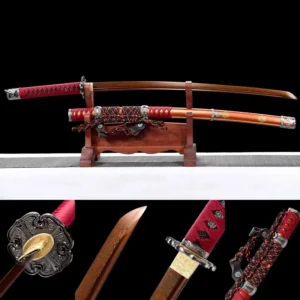
A hand-forged katana is more than just a weapon; it is a work of art, a symbol of tradition, and a testament to the meticulous
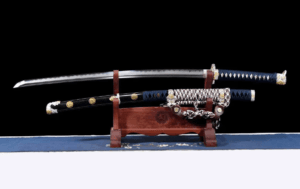
Authentic Japanese swords hold a special place in history and culture, representing the artistry, precision, and tradition of Japanese craftsmanship. They are not only weapons but
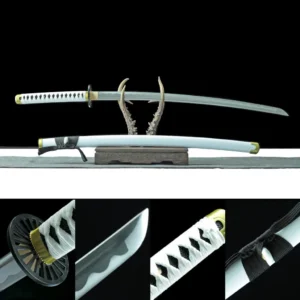
Authentic handmade samurai swords featuring stunning hamon patterns and intricate blade textures. Made with 1095 high-carbon steel, these Japanese katanas combine traditional craftsmanship with exceptional durability.
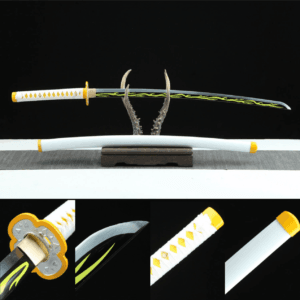
Owning a handmade authentic katana is not only a privilege but also a responsibility. These masterpieces are more than just functional weapons; they are works
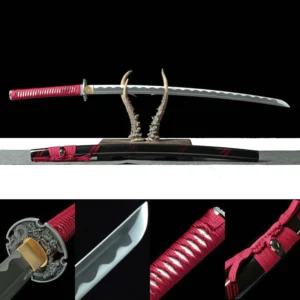
Discover the art of authentic Japanese swords, including katana, wakizashi, tanto, and more. Learn about their history, craftsmanship, and unique blade types, and get expert tips on building a samurai sword collection with authentic, clay-tempered blades.
